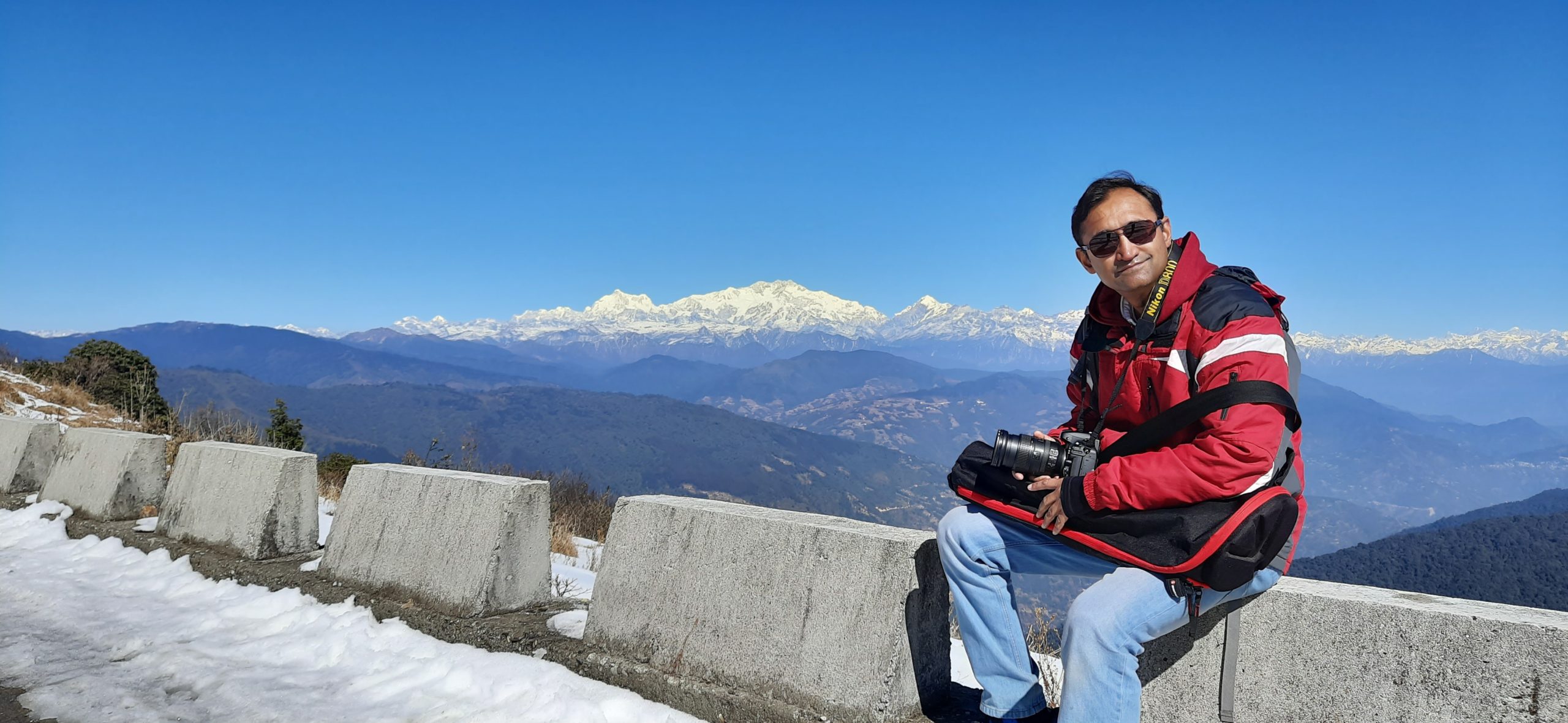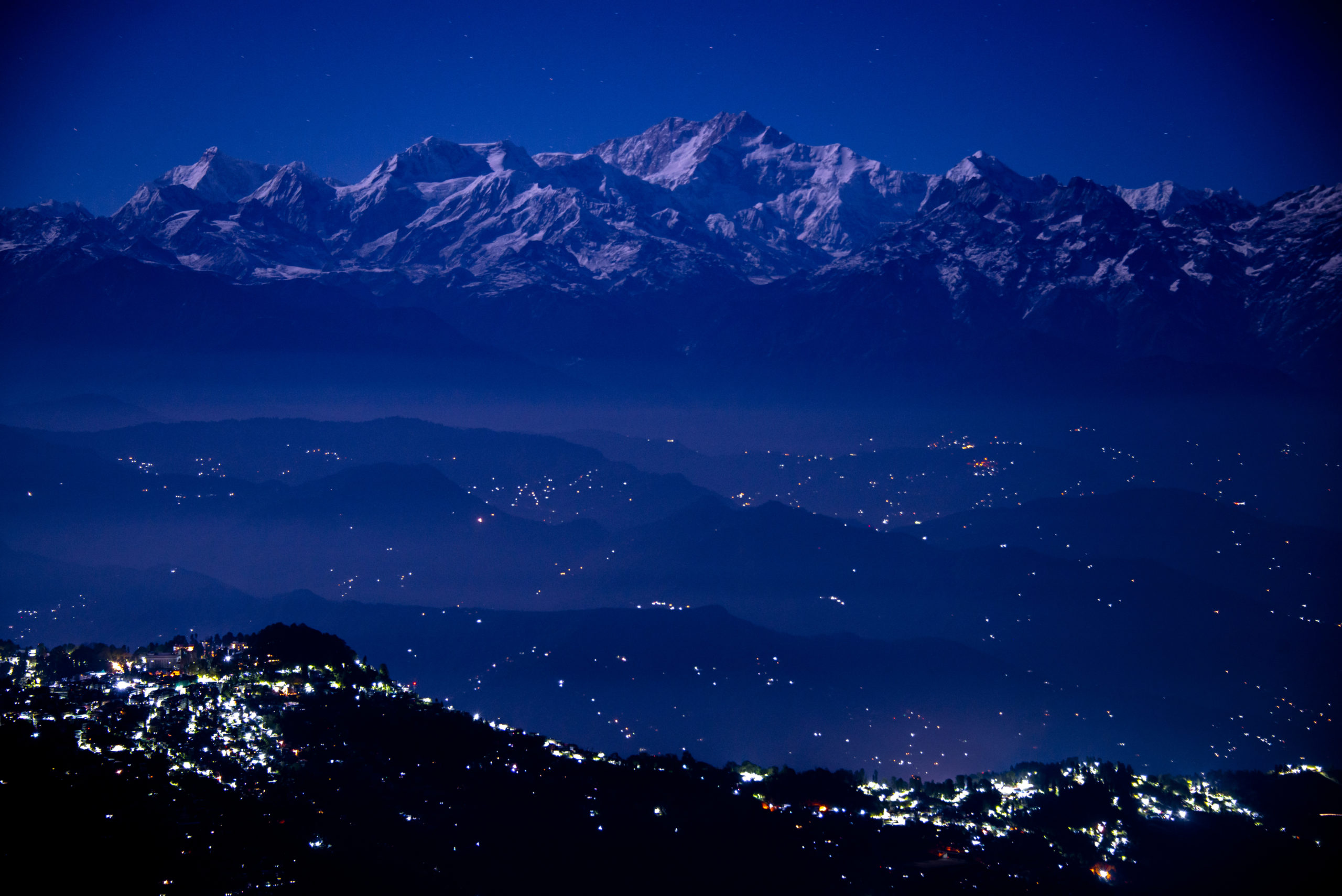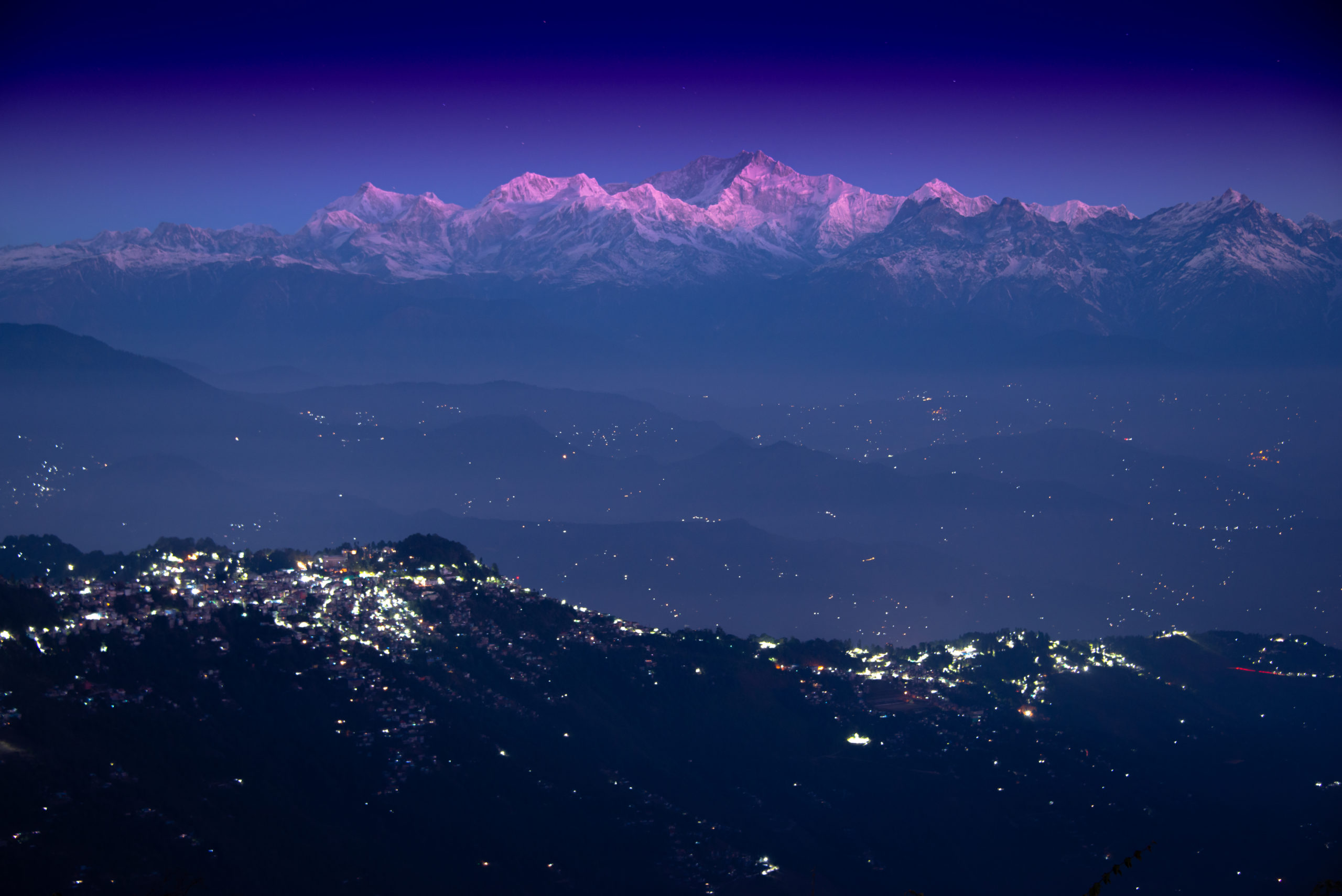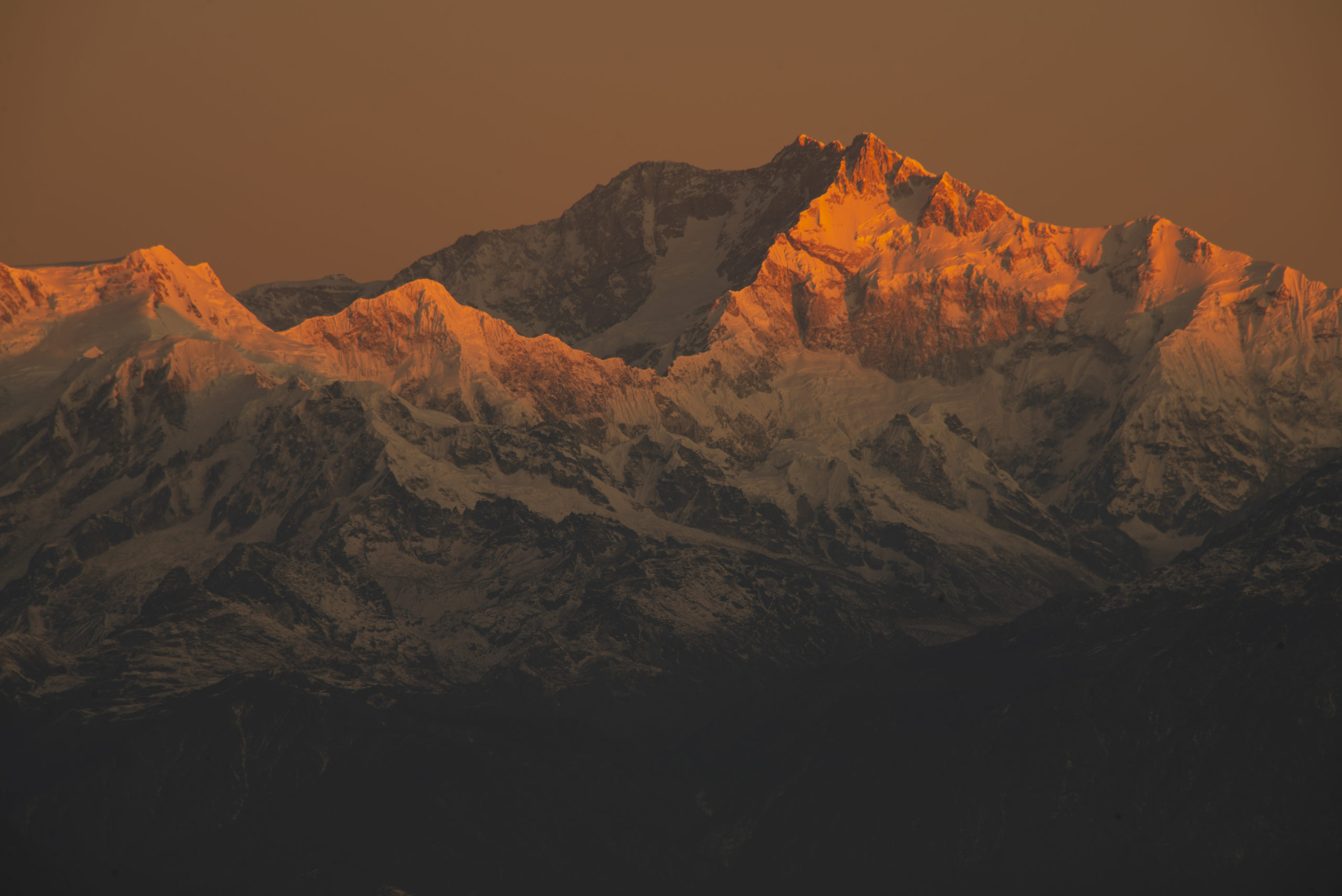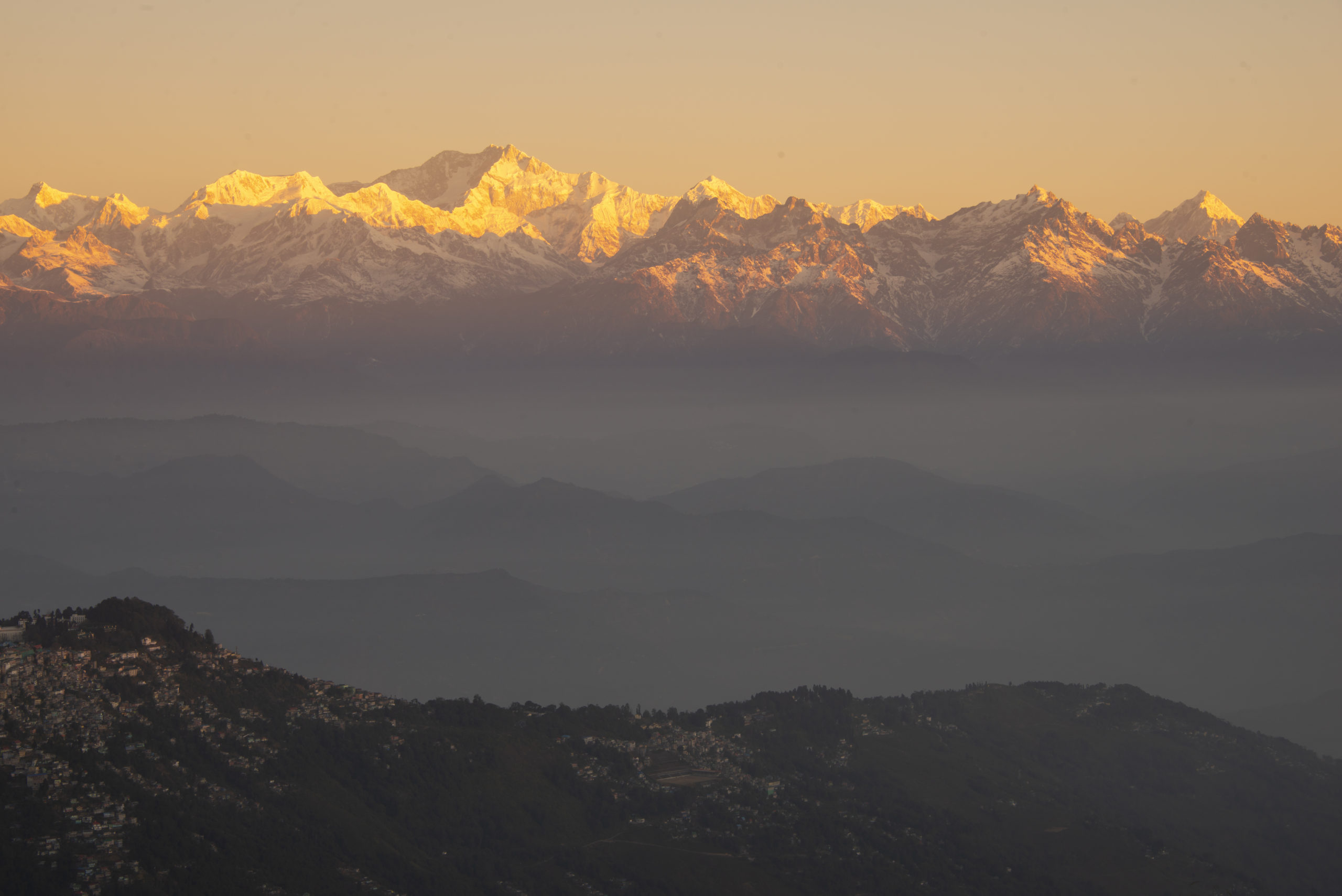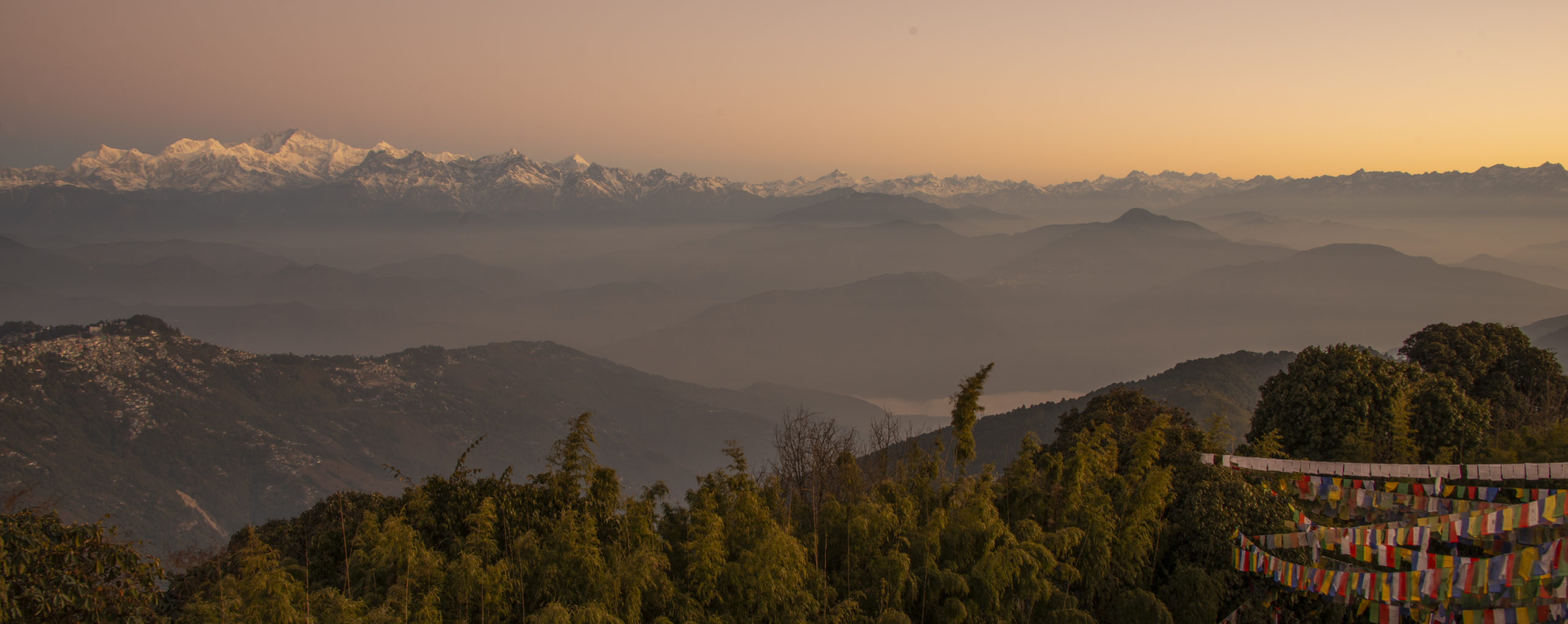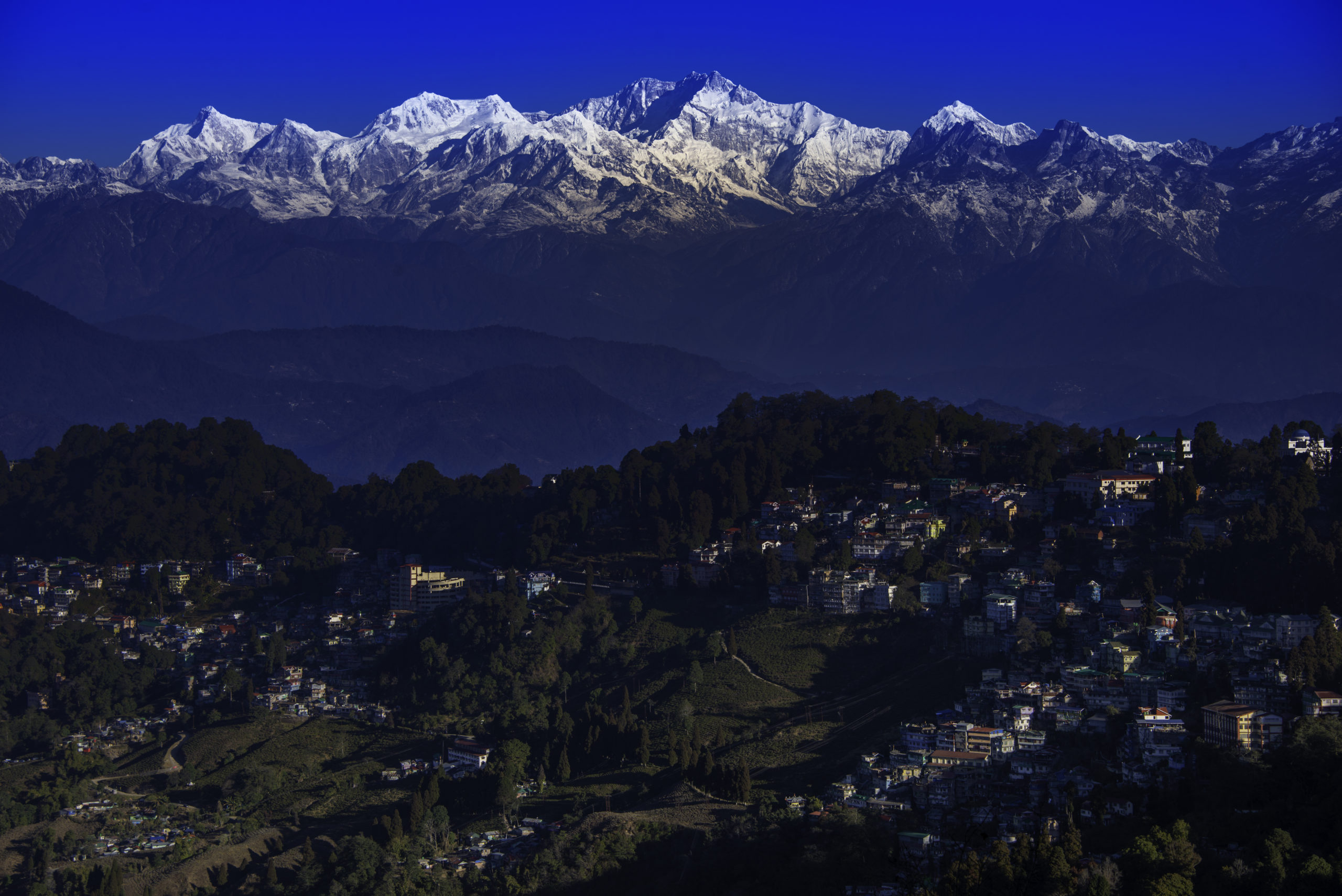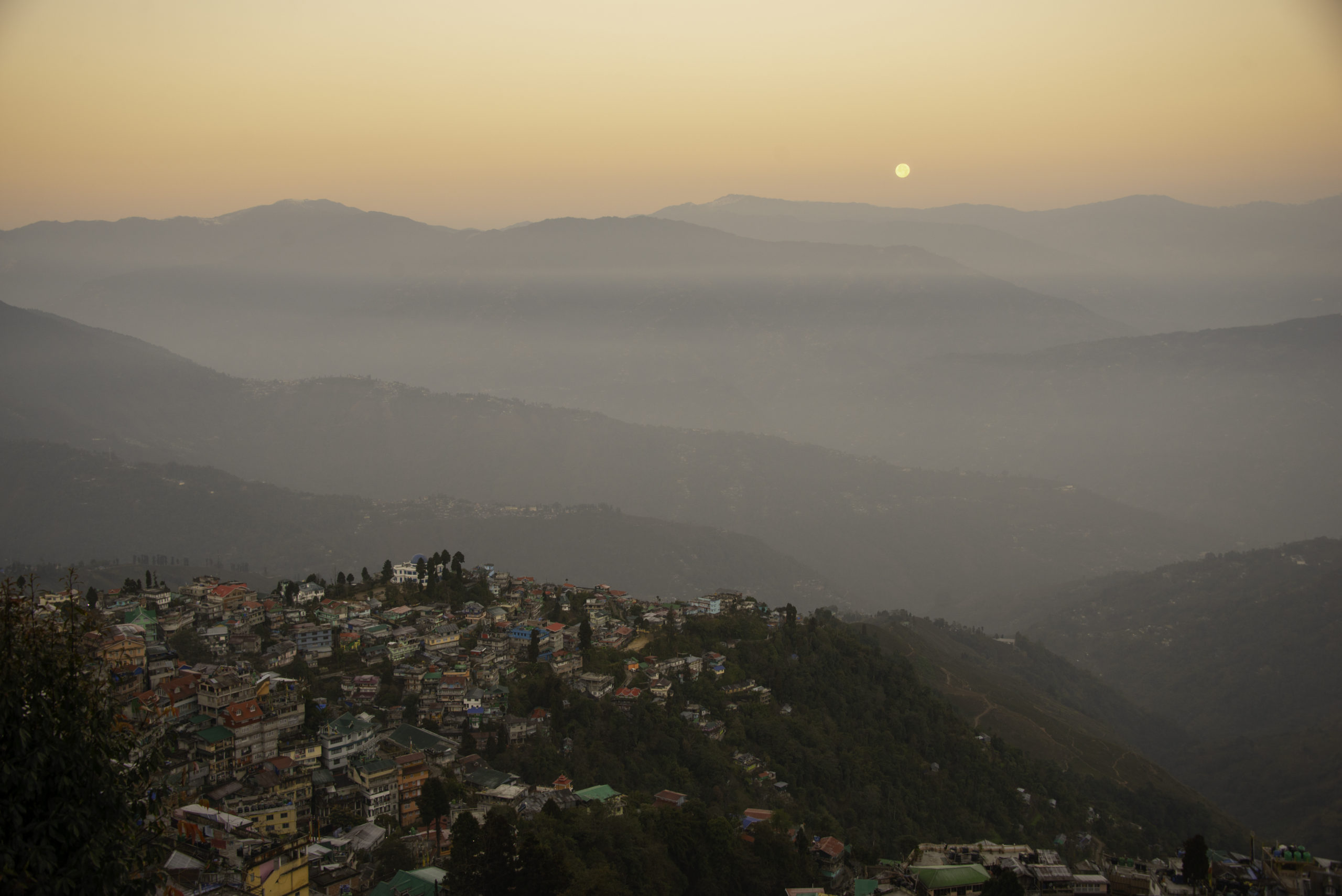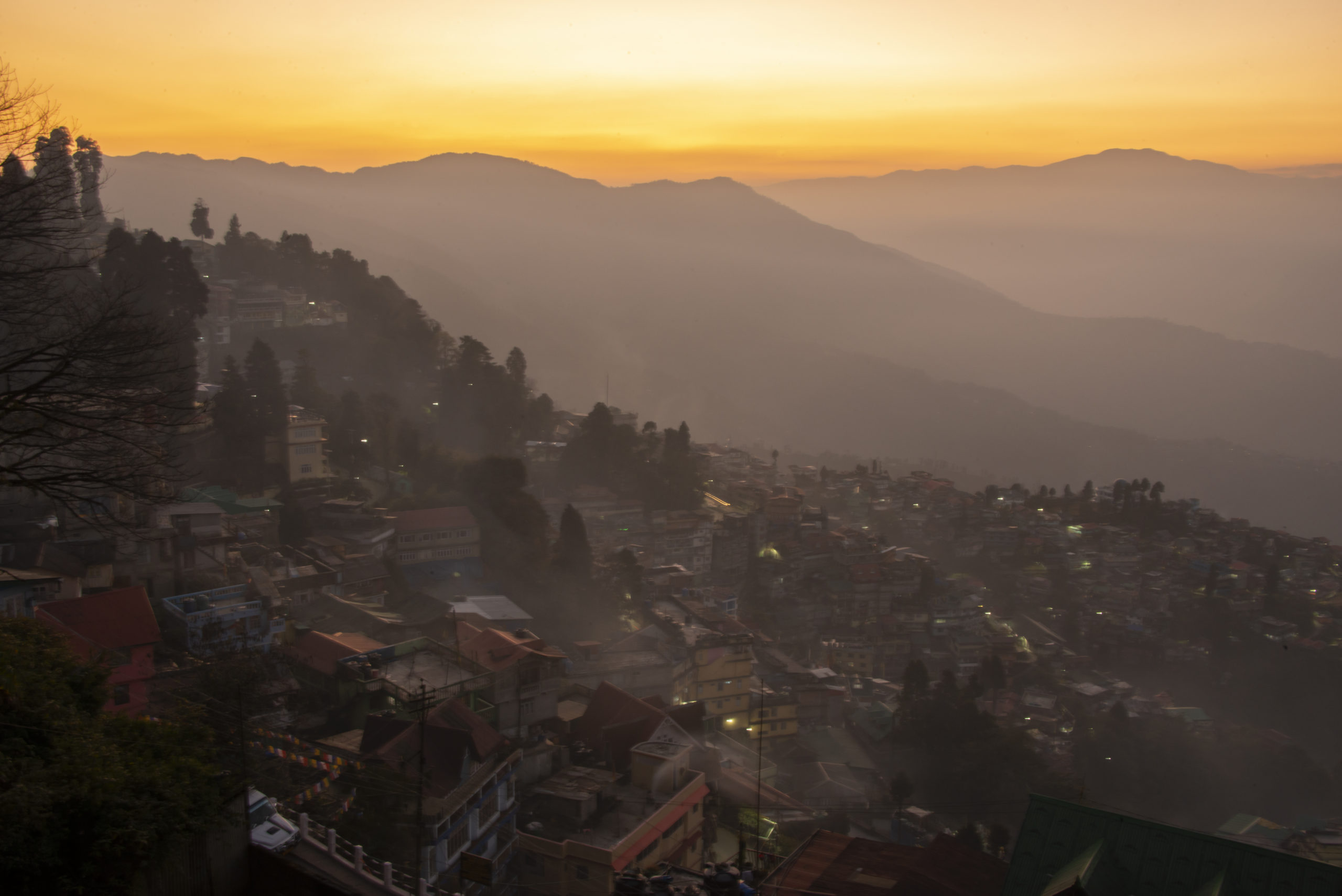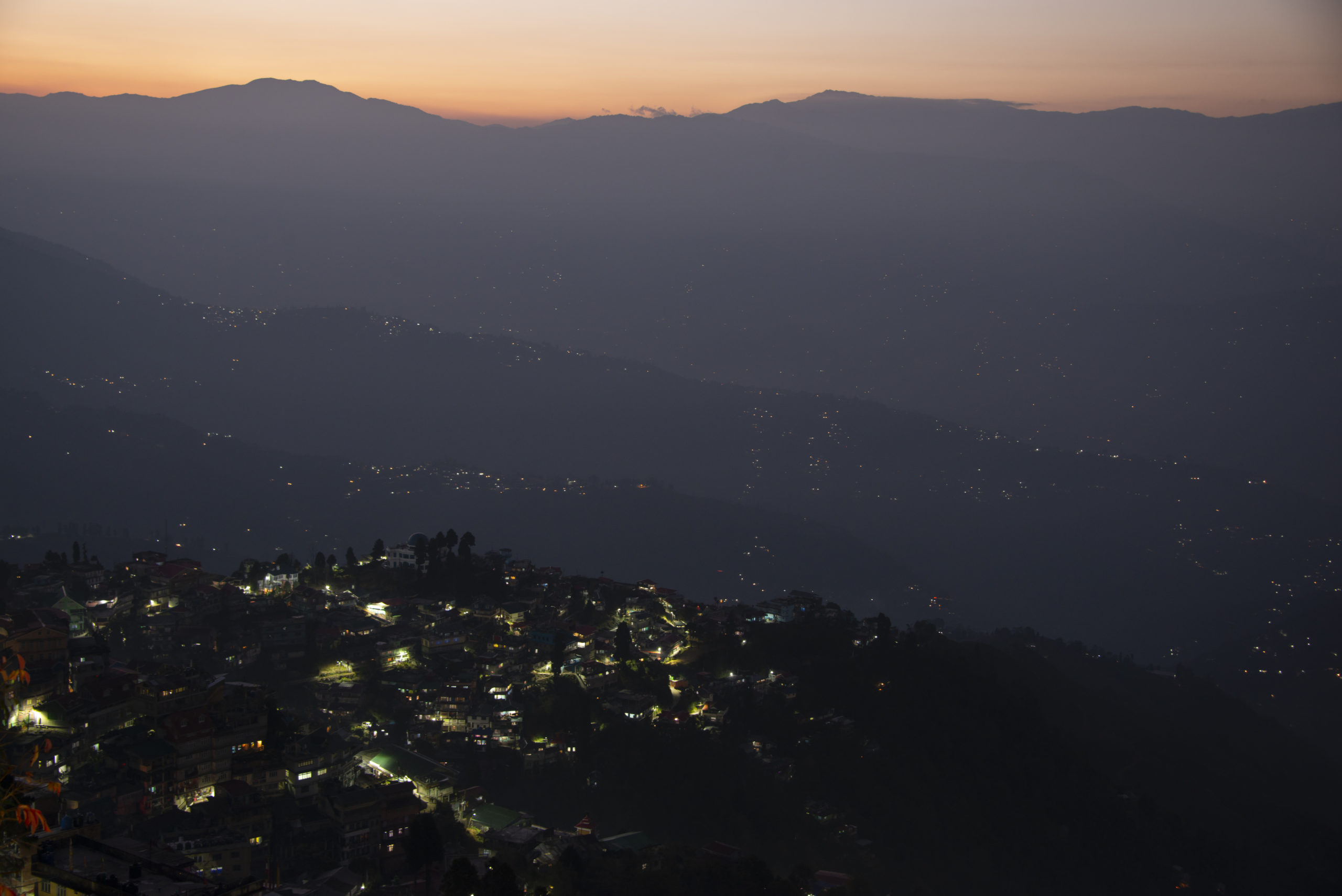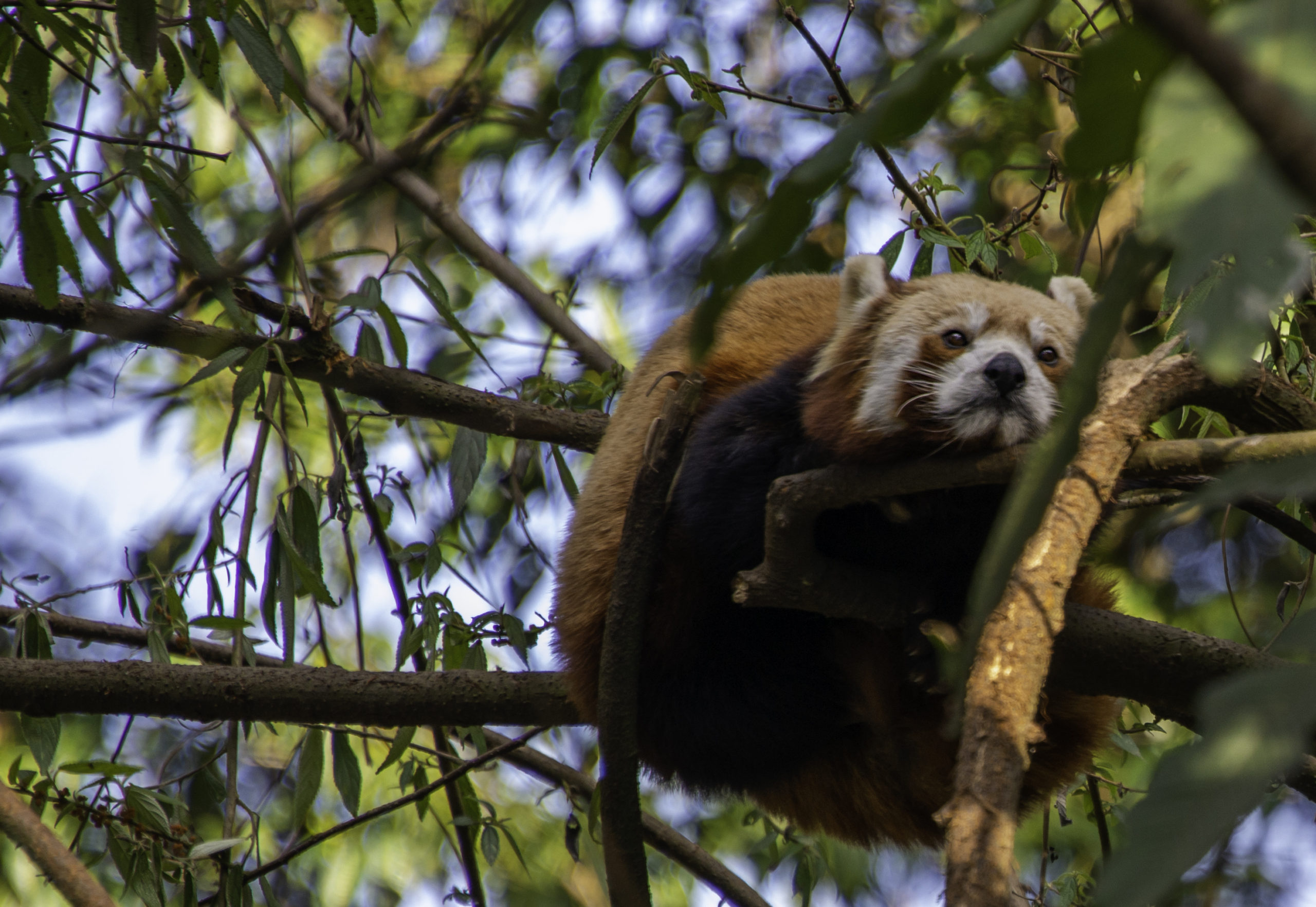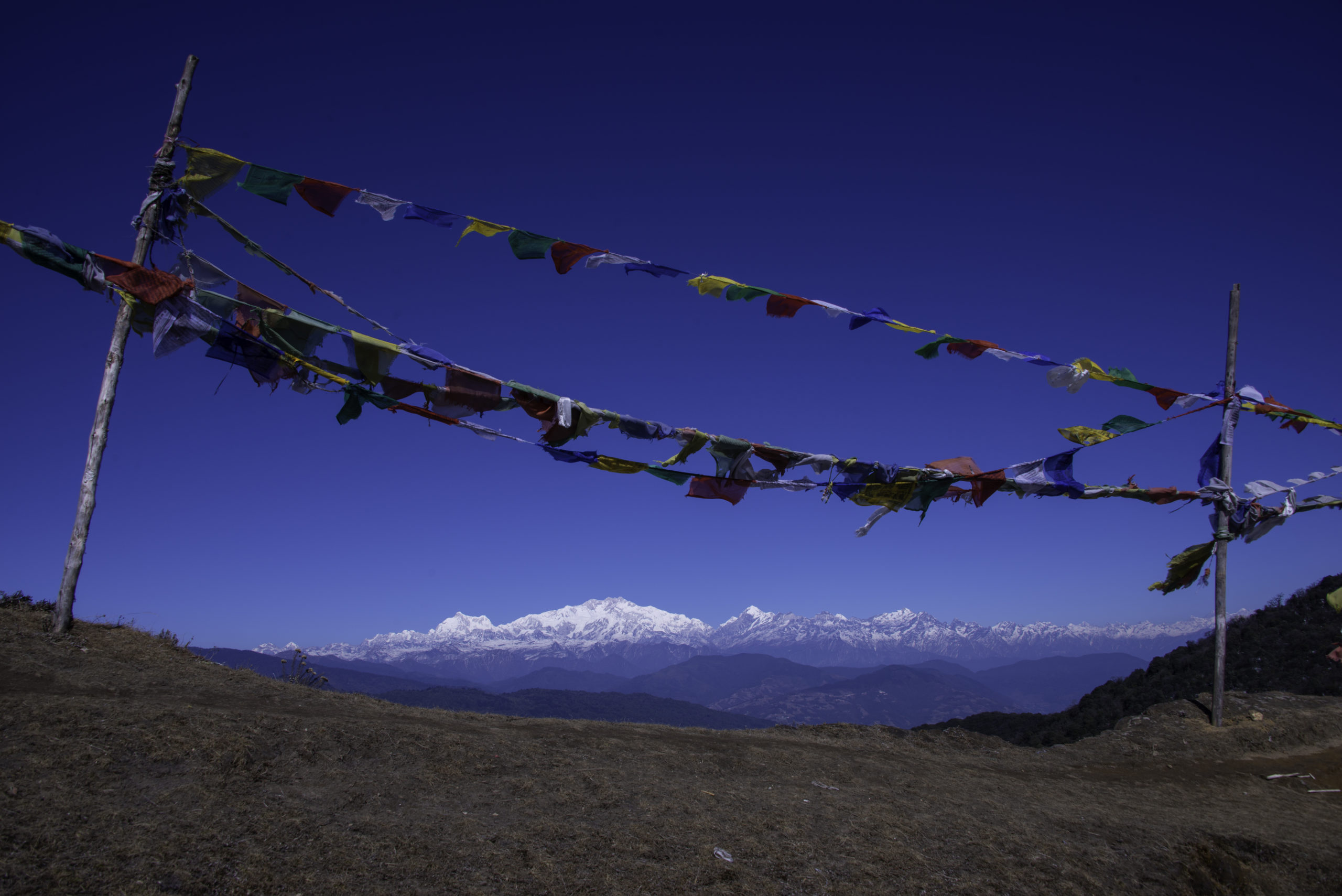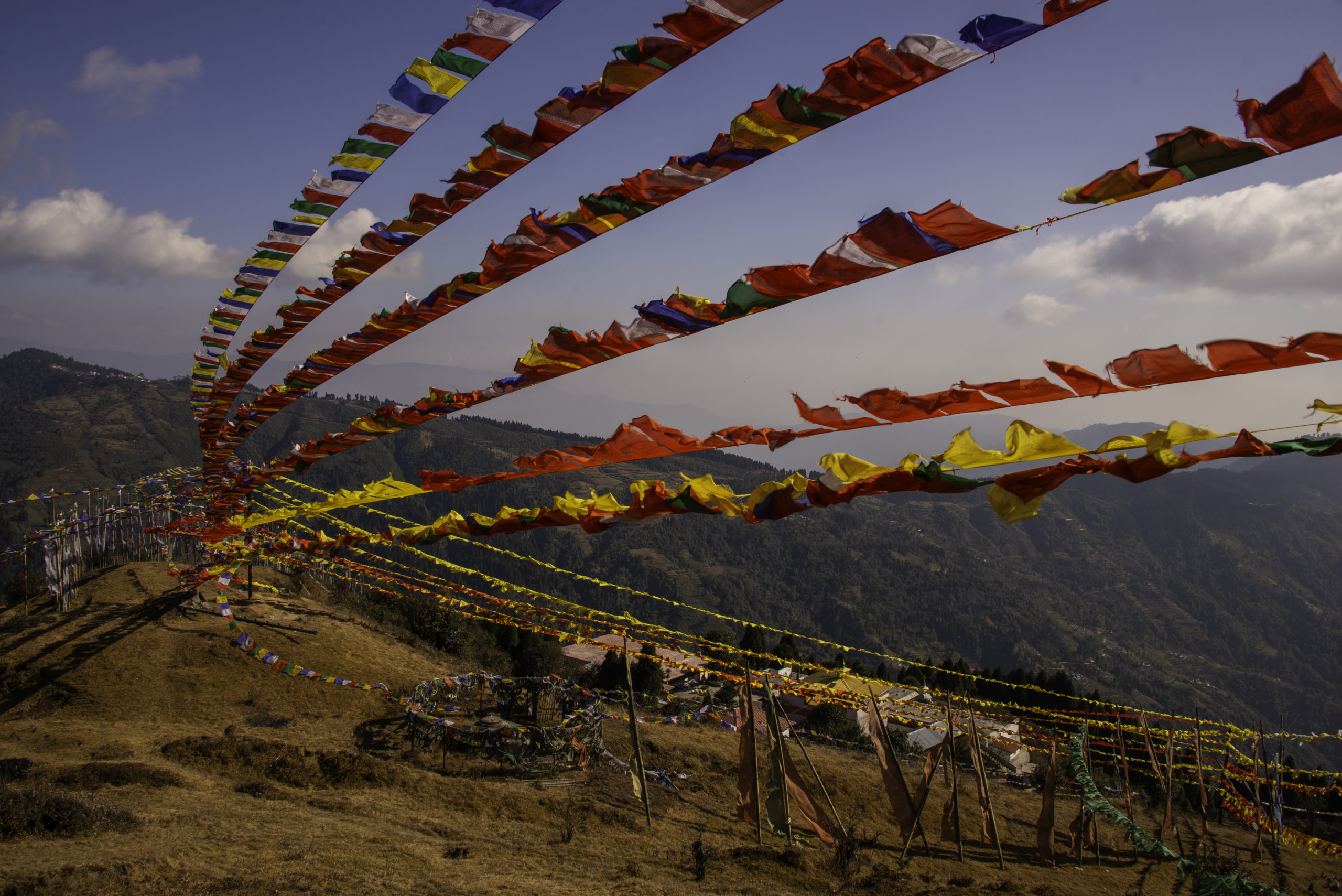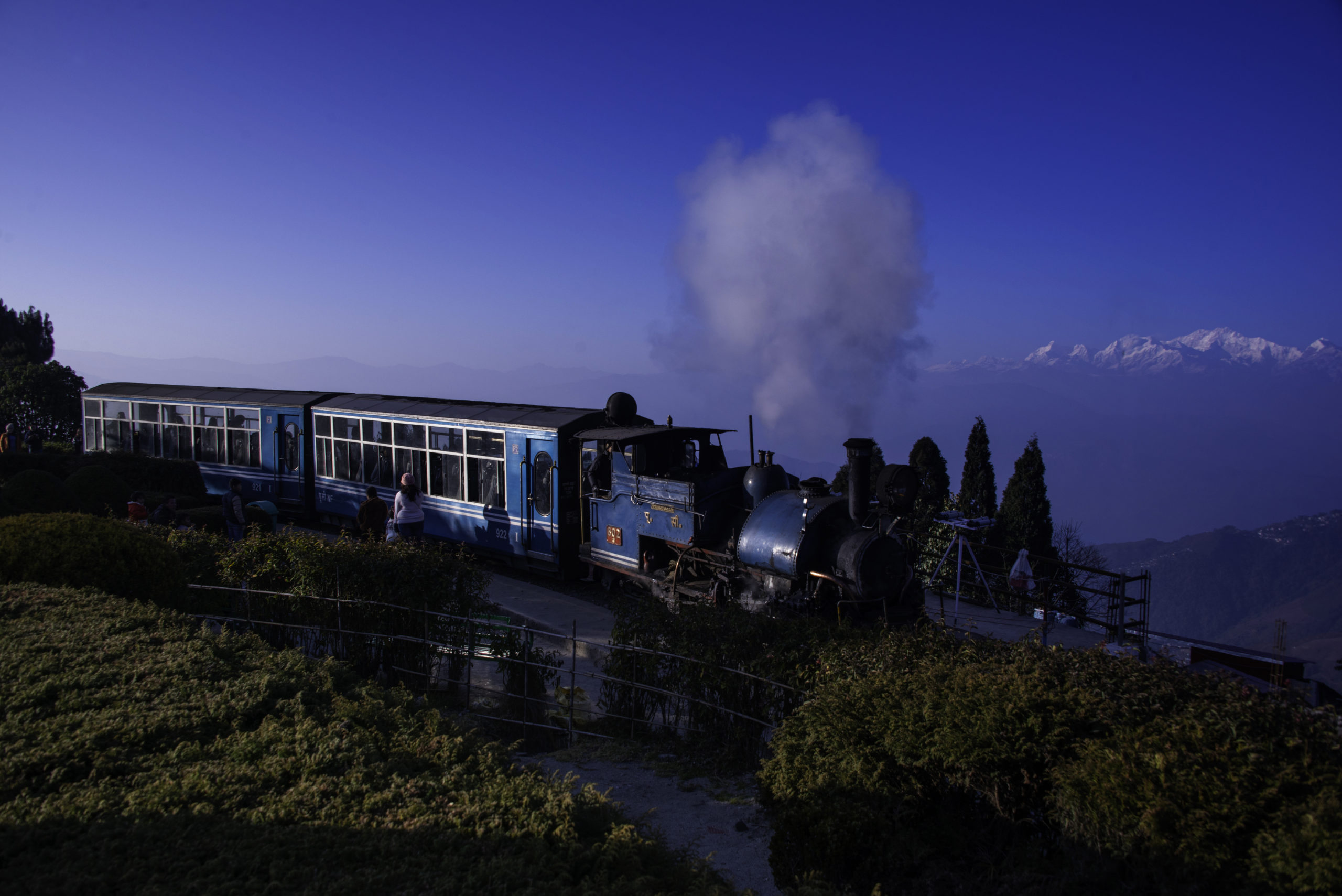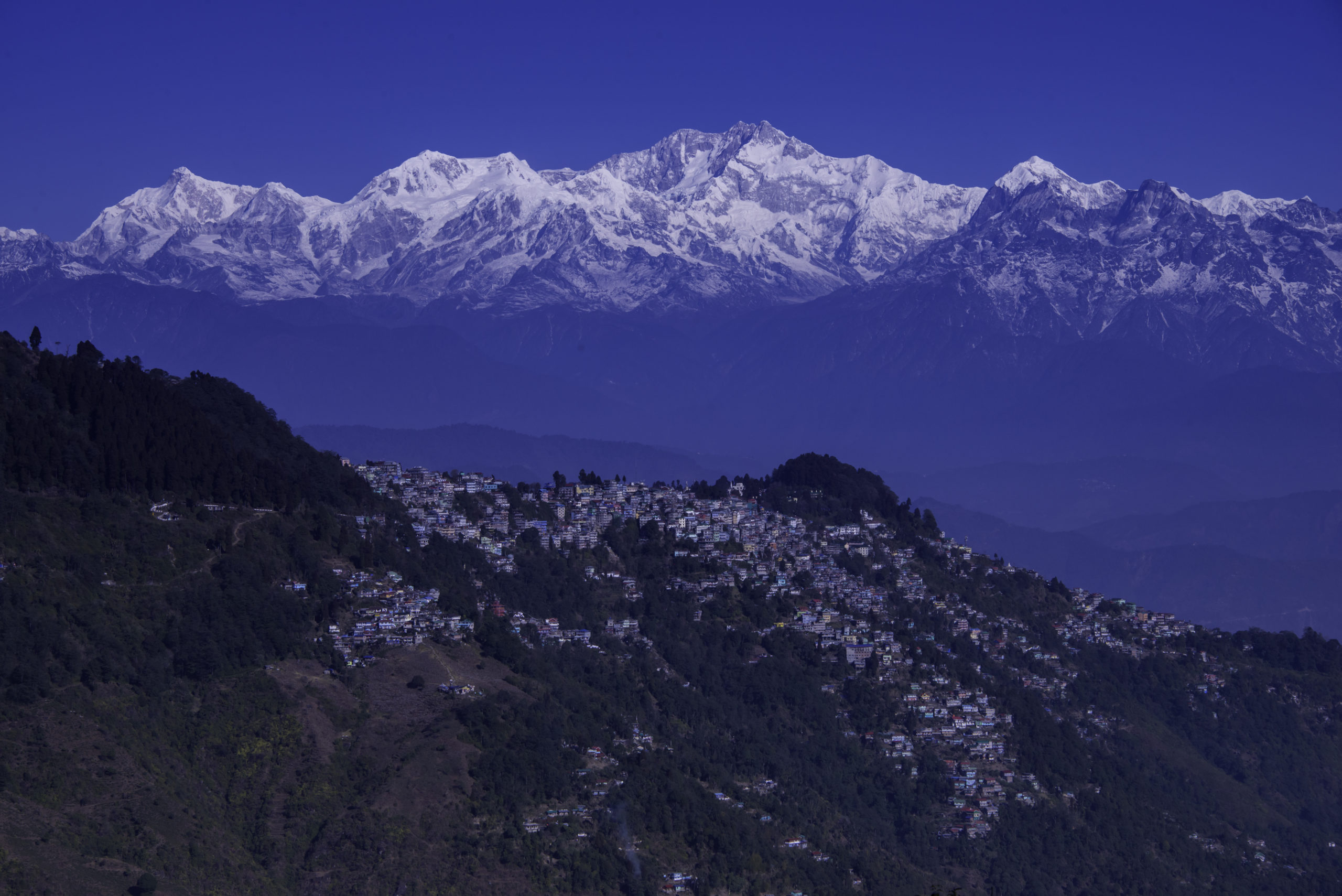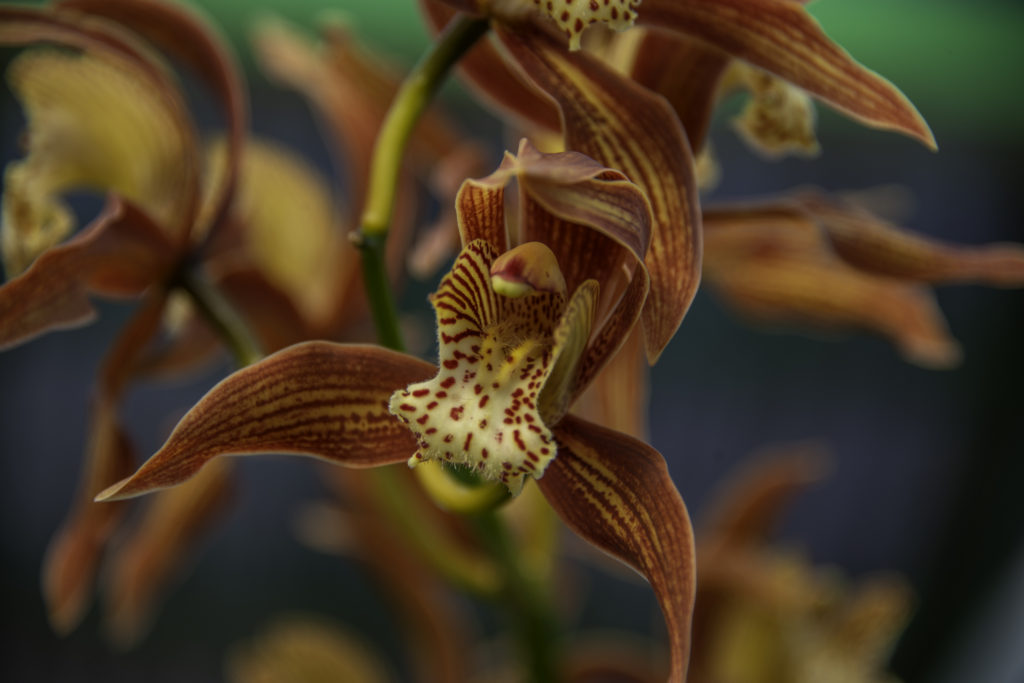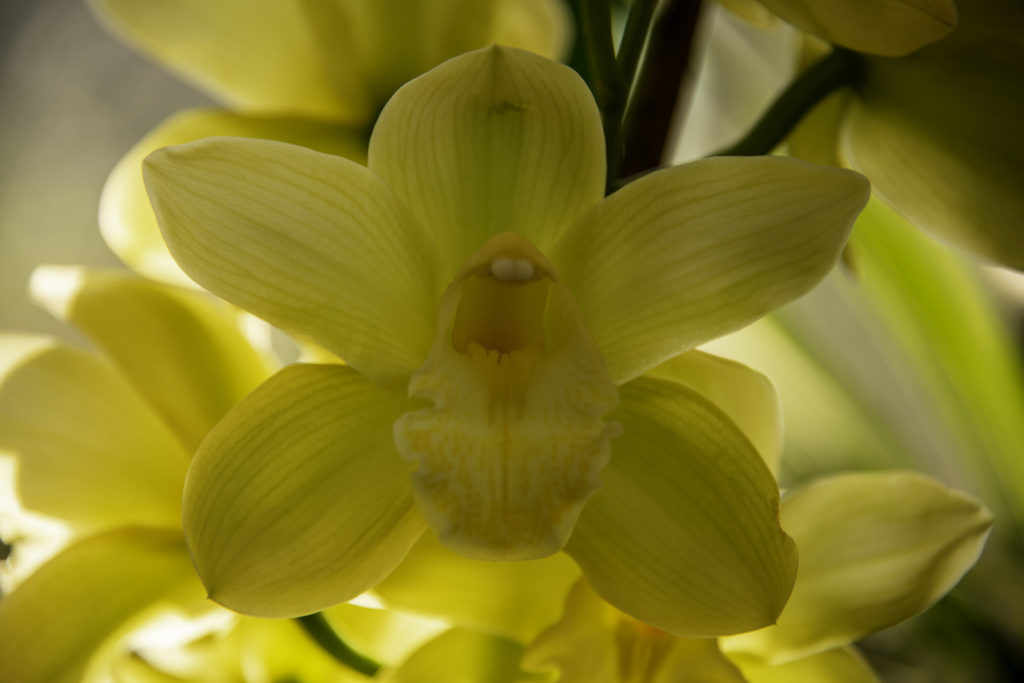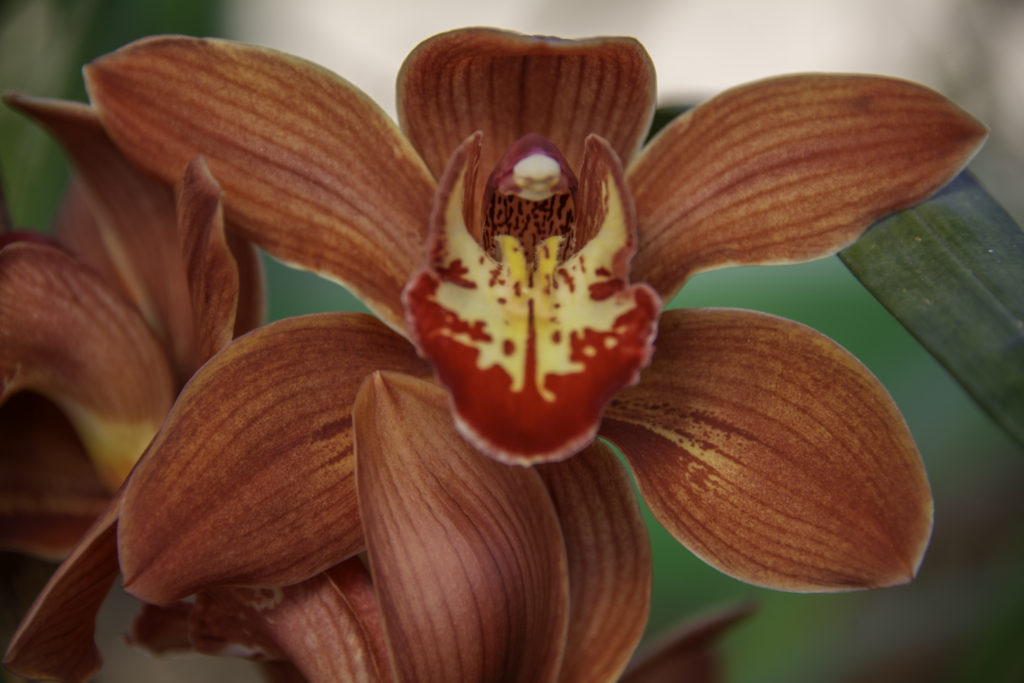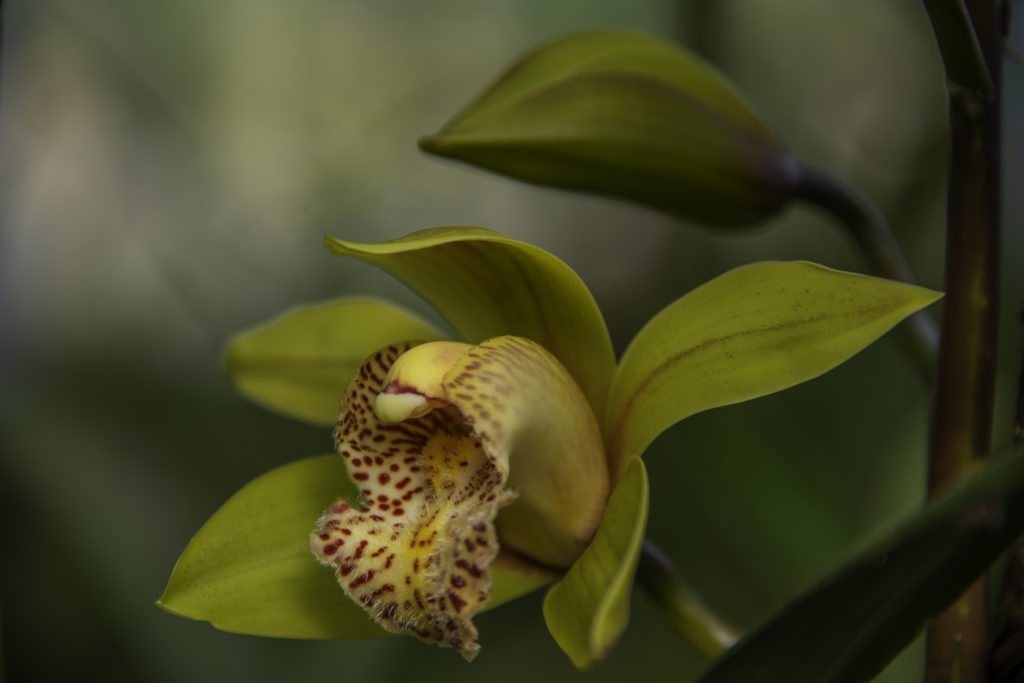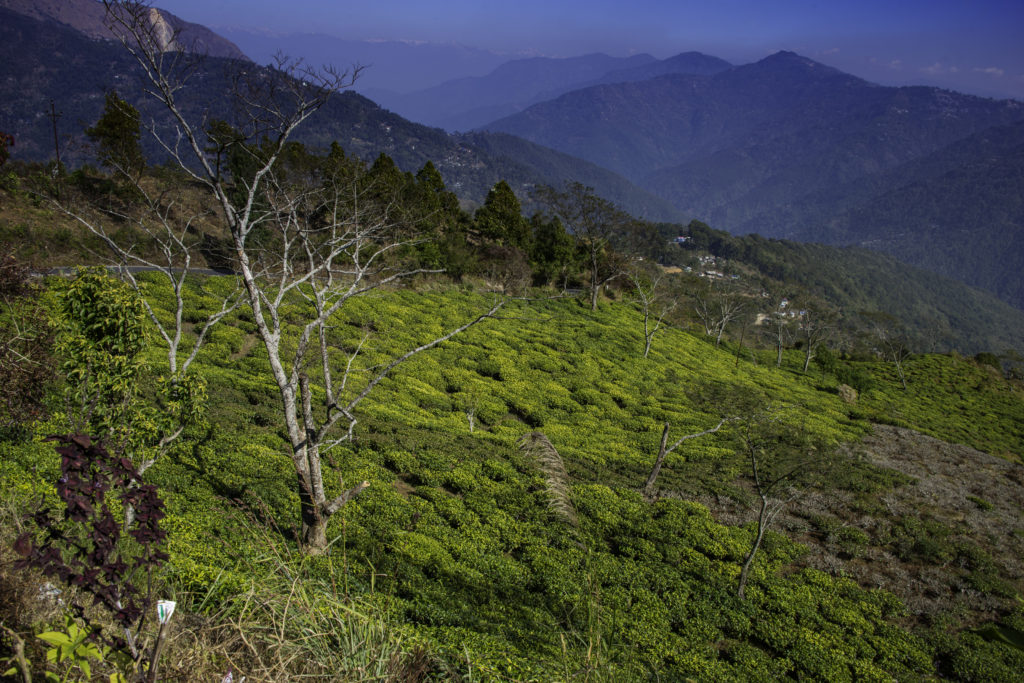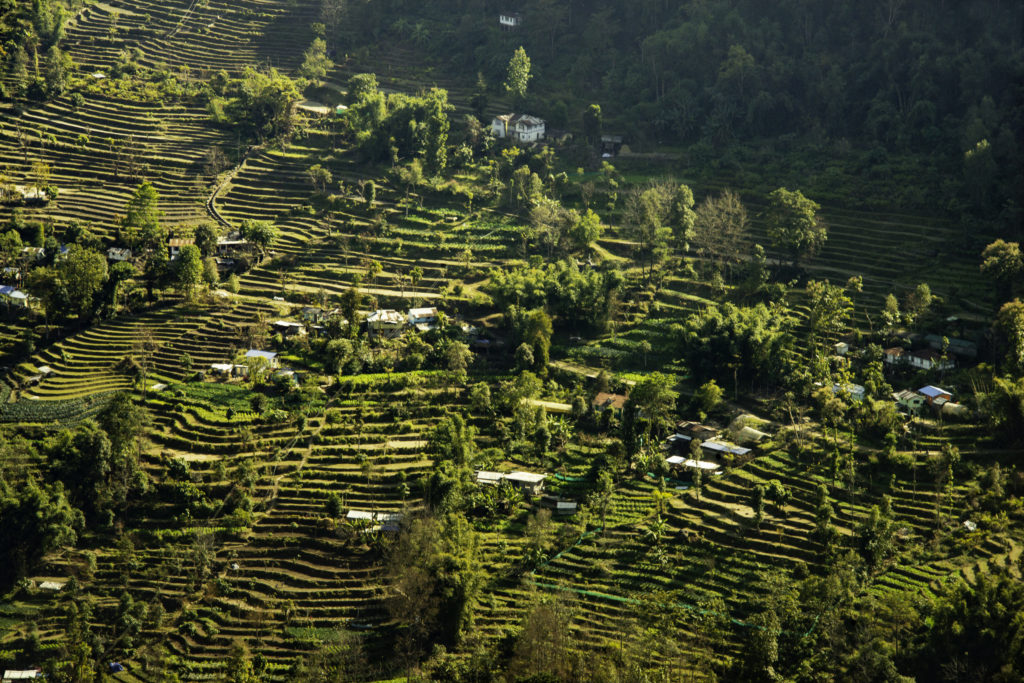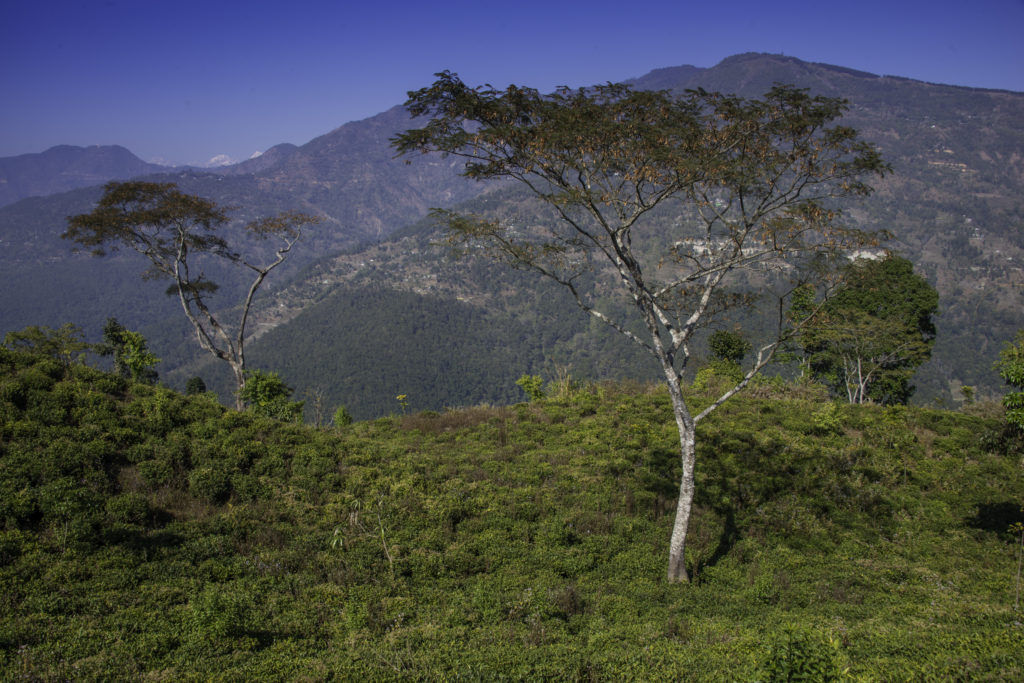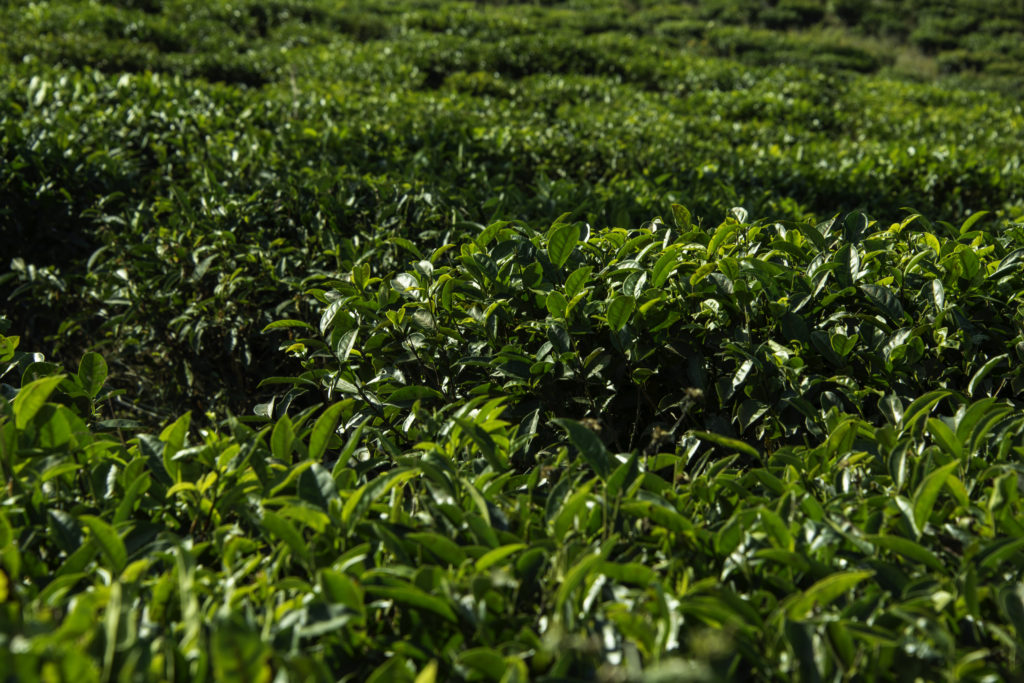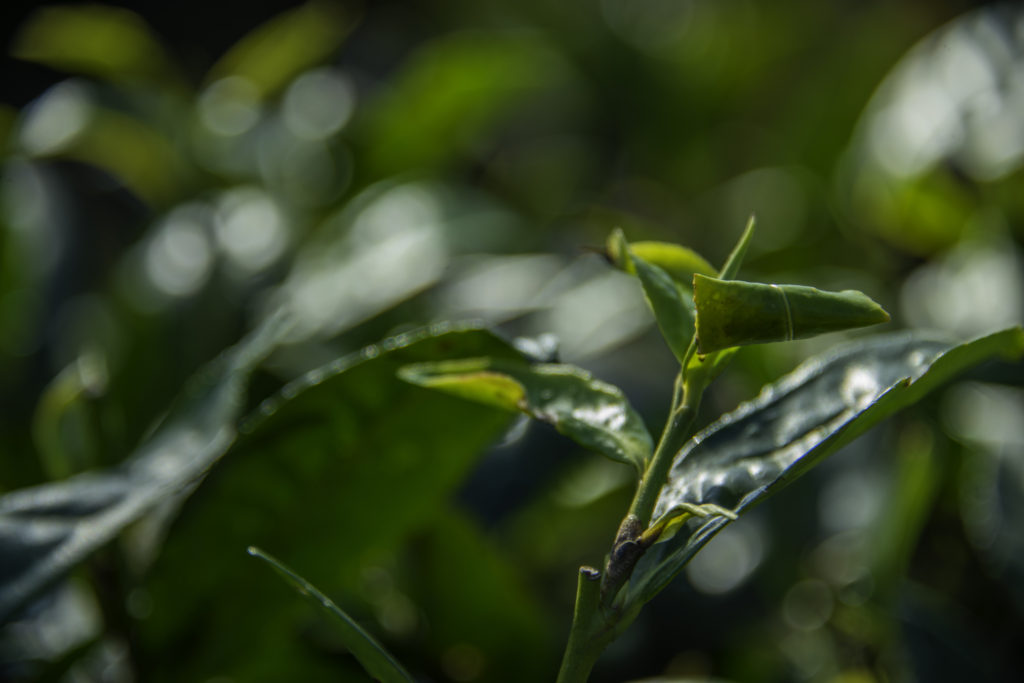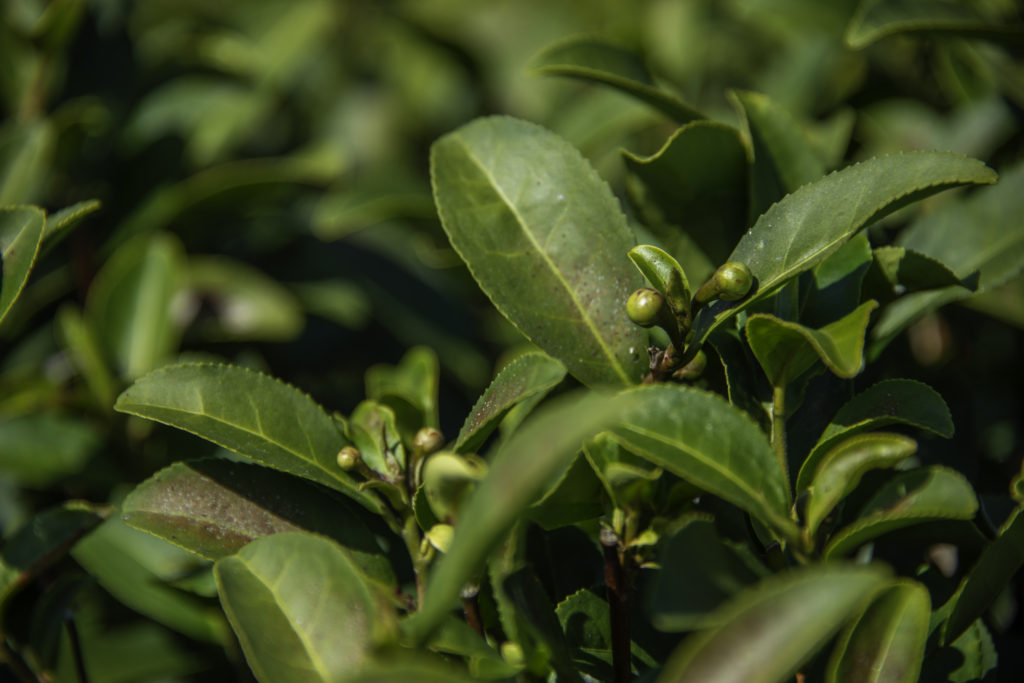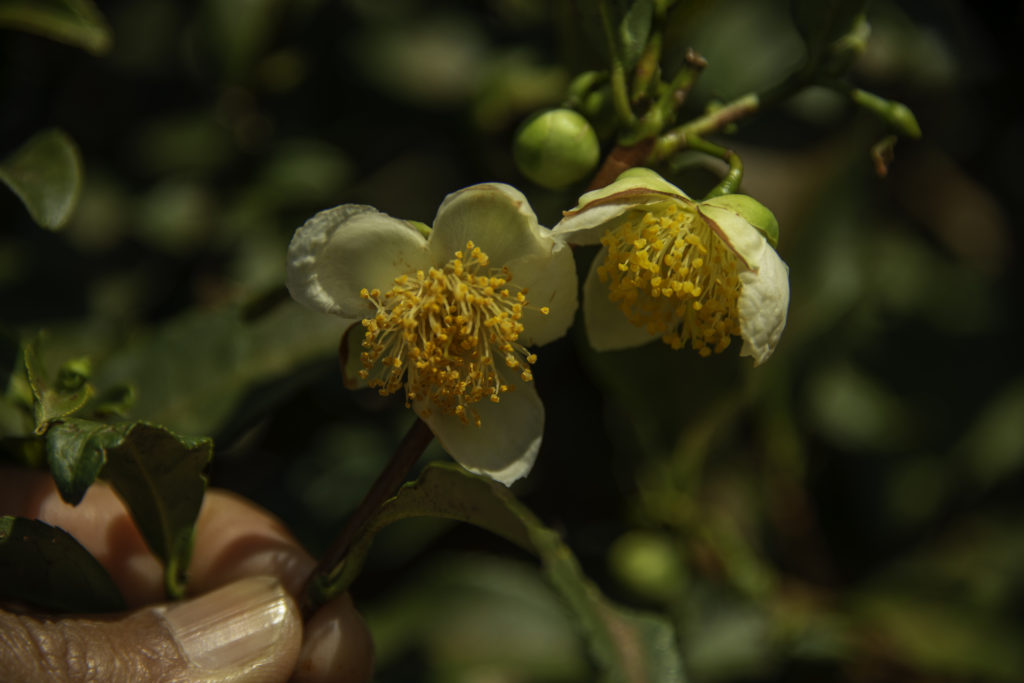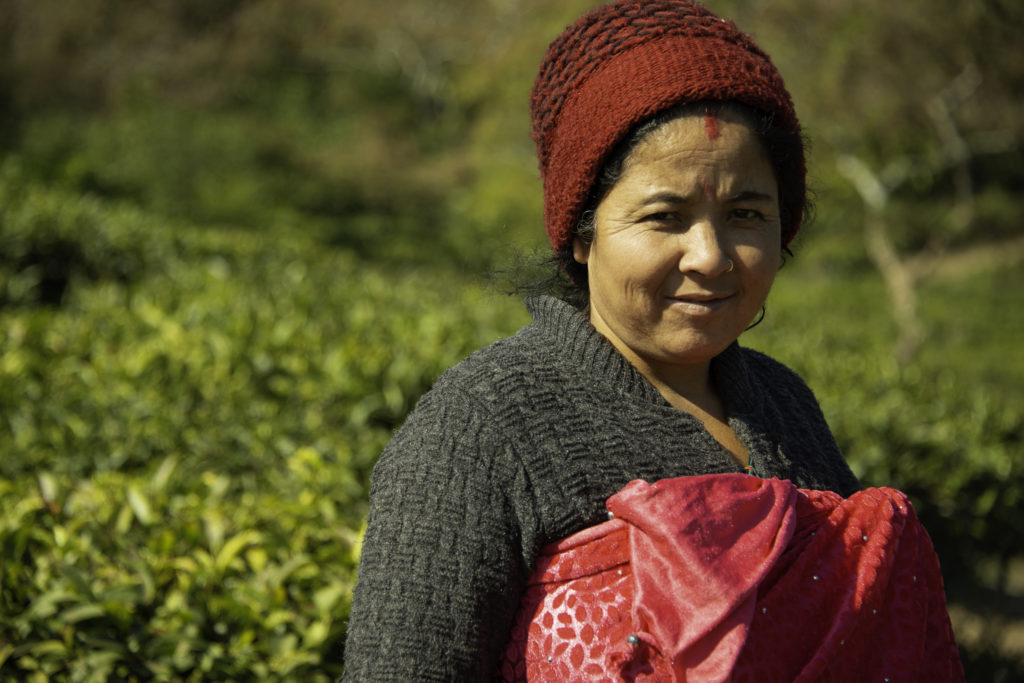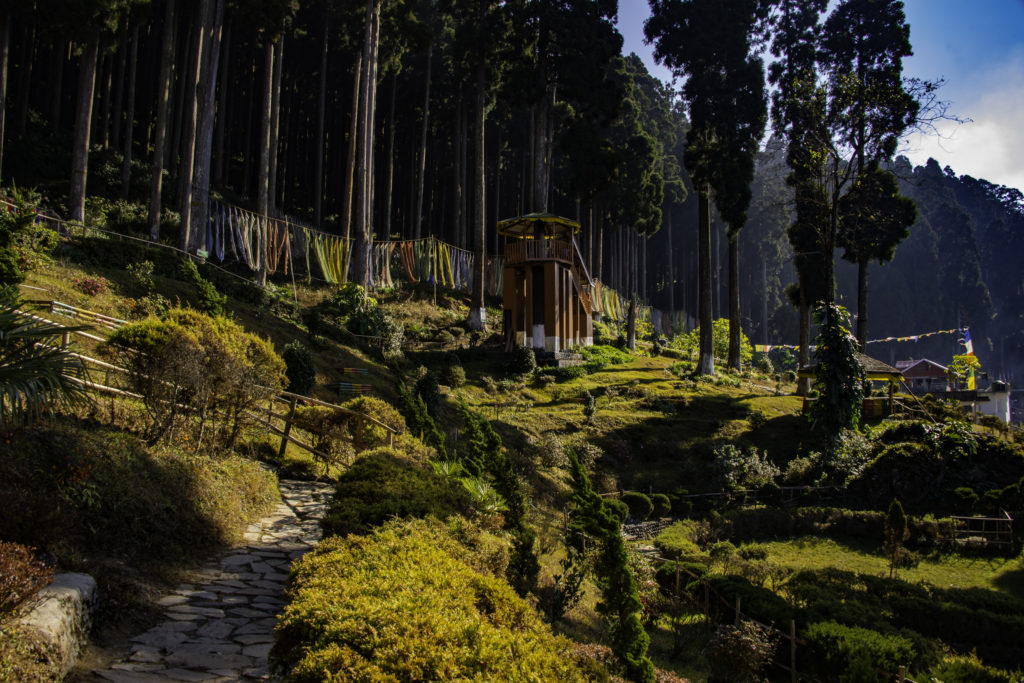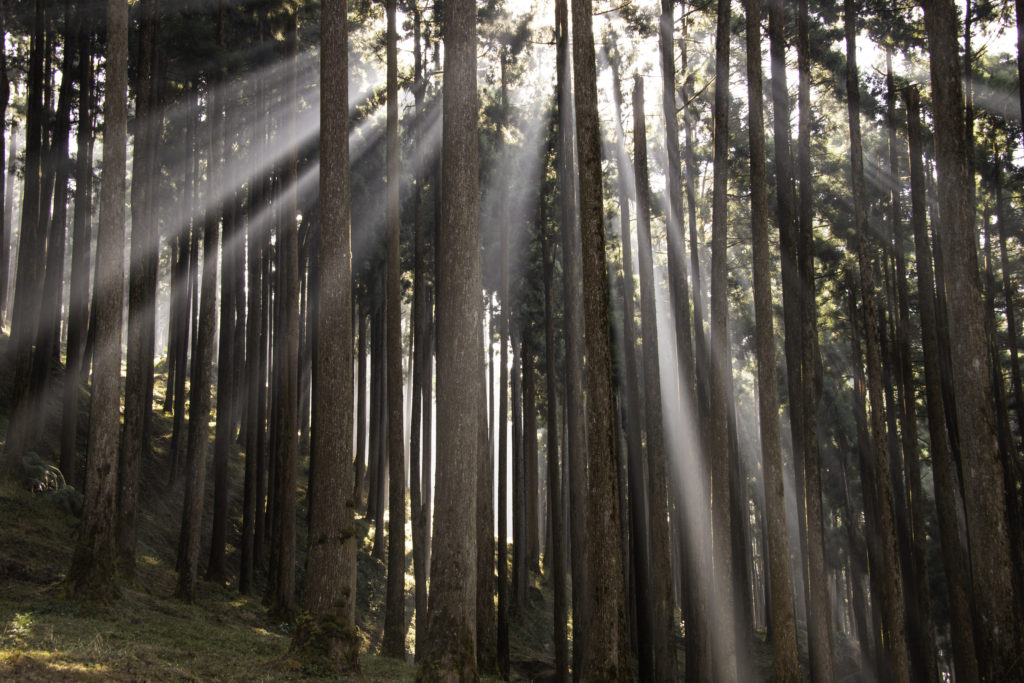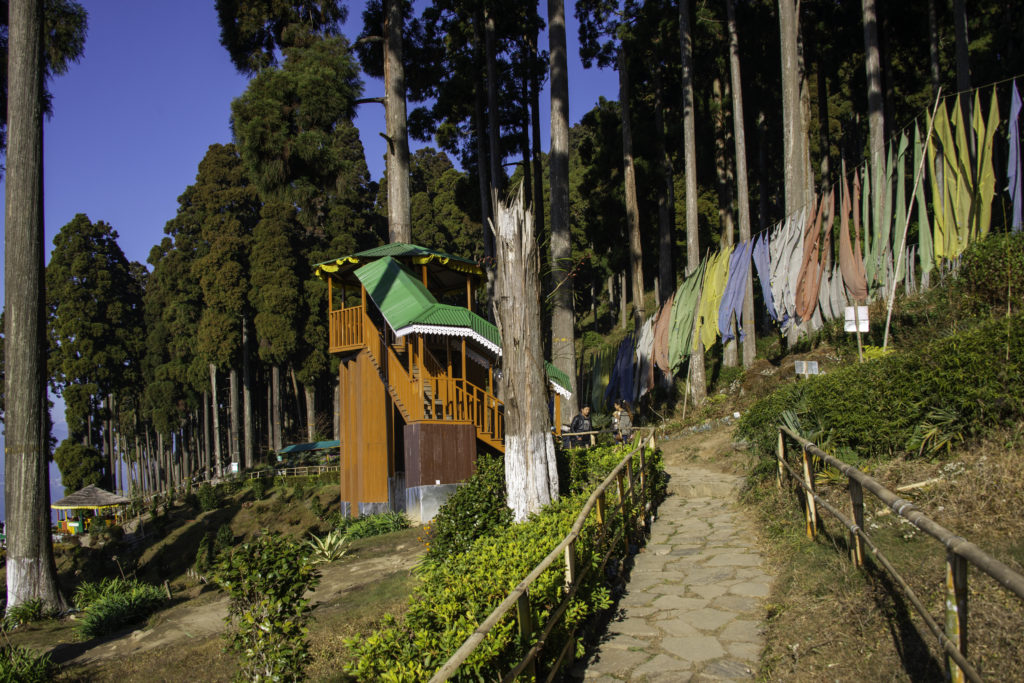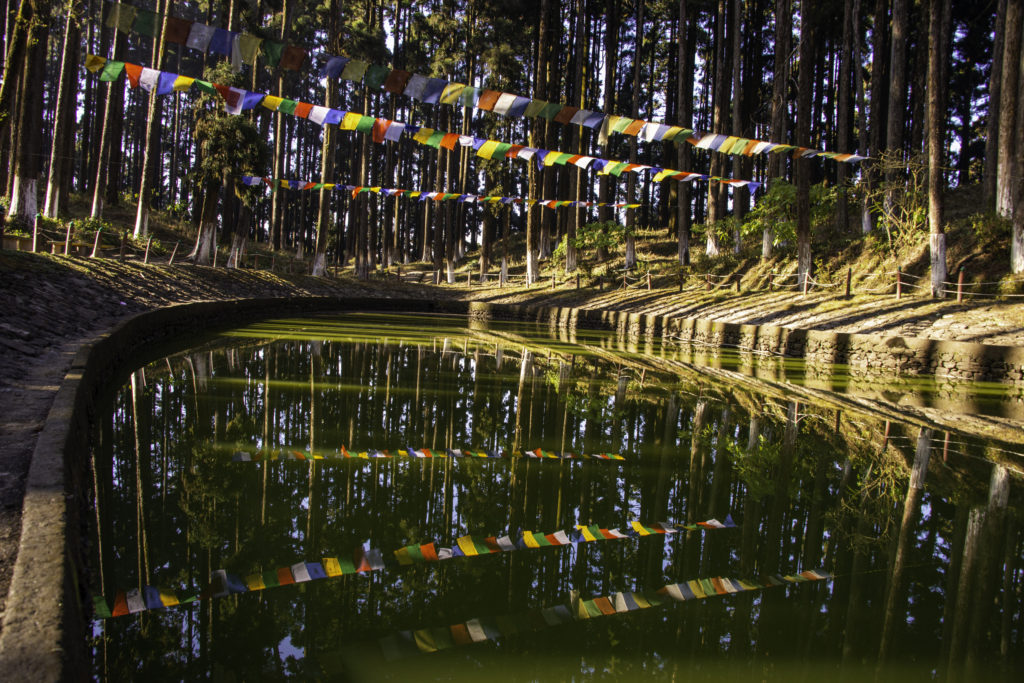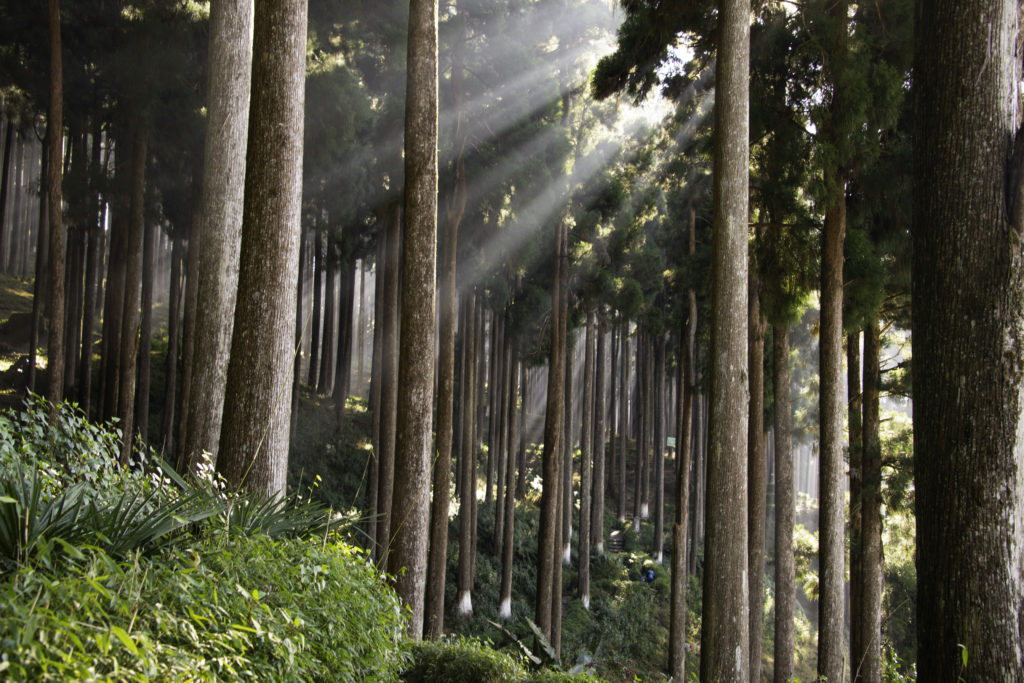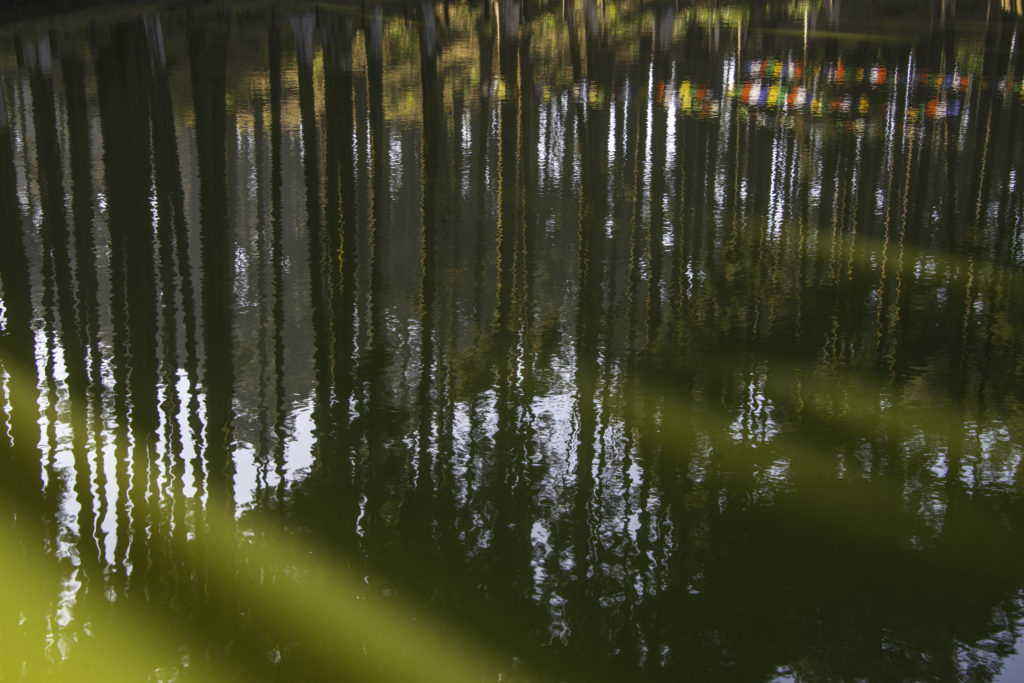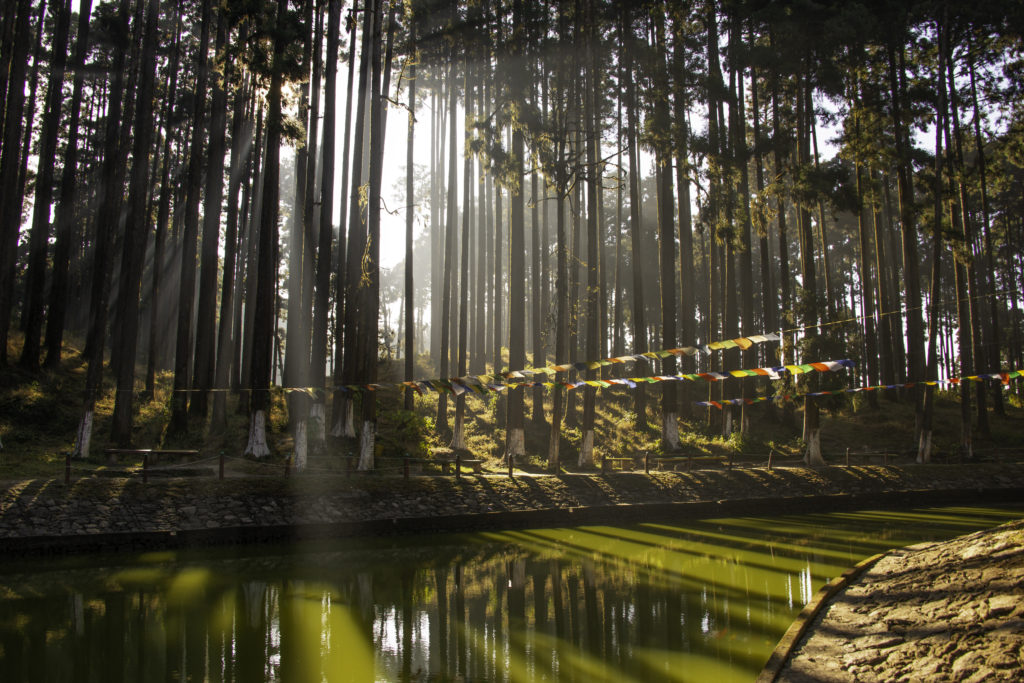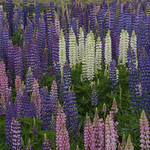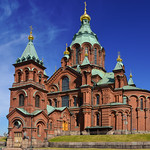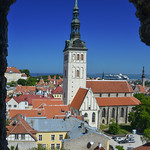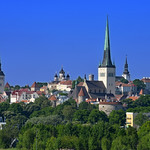Day 1: Mirik | Day 2: Darjeeling | Day 3: Tiger Hill, Tonglu & Tumling
Day 4: Takdah, Tinchuley & Lamahttah | Day 5: Kalimpong | Day 6: Lava
Day 4: Tagdah, Tinchuley, Lamahattah
The day started with an attempt at doing a time lapse from the adjacent hotel’s front yard. I used the automated mode that is built into the camera. So woke up at 4 am and was out in the freezing cold. Prior to this all time lapses I had done were on my phone. I thought I had positioned it perfectly with enough sky about Kanchenjunga, of course what I completely failed to recognize was that although the single images are captured in photographic format, when it is synthesized into a video it chops of a significant amount from the top and the bottom and you have no access to the original images either. Oh dear, I guess this can be described as a fatal error if the peak gets chopped off. A steep learning curve indeed, hopefully never again will I make that mistake. I consoled myself that I did have another morning and with the typical grapes are sour attitude, I told myself that it was just a plain sunrise without any clouds so it would not have been a dramatic time lapse anyway.
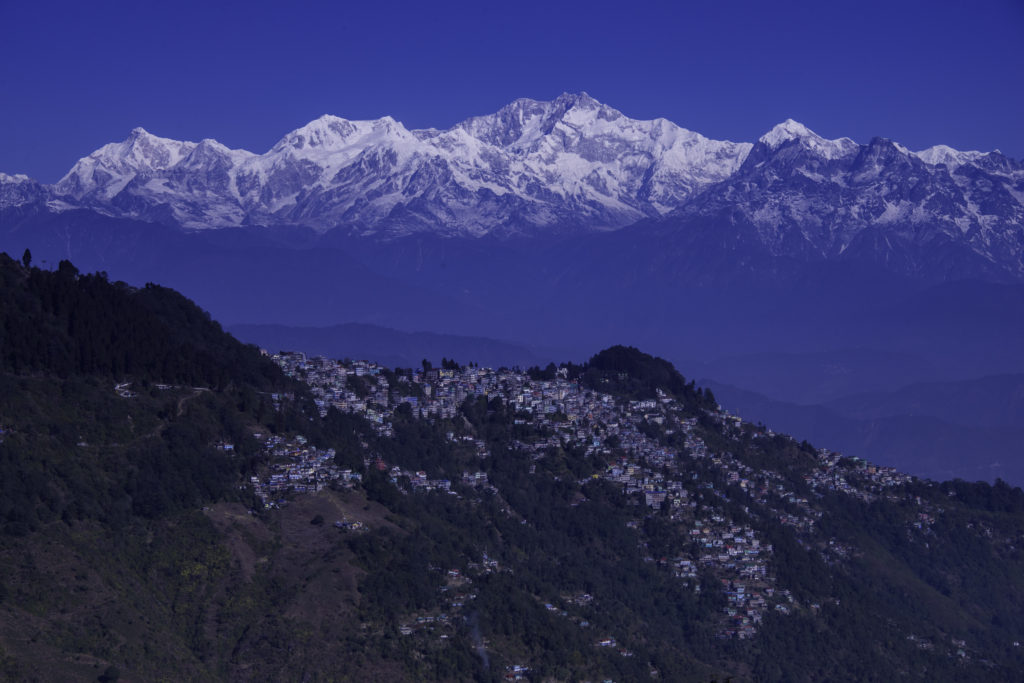
Most people would do a day trip to Mirik on one of their days in Darjeeling or do a night halt at Sandakphu. The former I had already done on day one and for the latter the road was closed so it too turned into a day trip. So day four really was a spare day. Anand suggested we could go to Tinchuley. On the way there we intended to stop at Takdah where there is an Orchid nursery and then finally to the new eco tourist destination at Lamahatta.
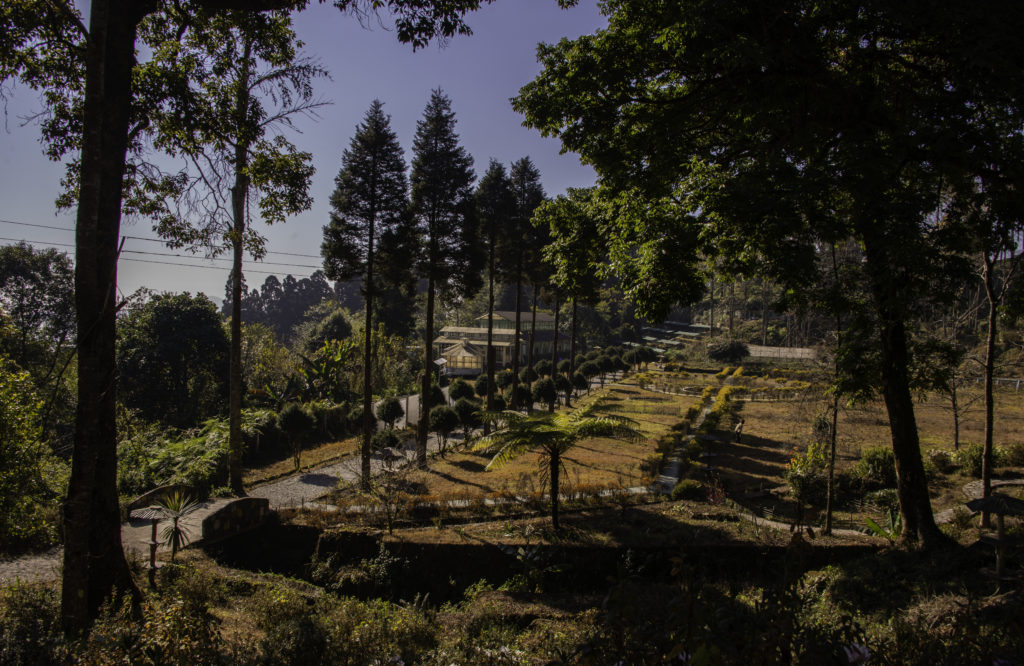
So the first destination about 28 kms away from Darjeeling was Takdah. It started life as a British cantonment in the early 1900s. The original name was pronounced as ‘Tukdah’, which is a Lepcha word meaning mist or fog. And the name is aptly given as the place often remains covered with fog. When I was there it was bright and sunny and the temperature was just right. The orchids were coming into bloom and I have always enjoyed floral photography, so spent quite a bit of time photographing the orchids.
From Takdah, 2 Kms away is Tinchuley, the word tin means three and chuley means oven. It is surrounded by three mountains that look like ovens. There are some view points and I did try to figure out which were the oven looking mountains. Either I did not have the correct angle or I just don’t have the imagination, so I failed to establish which were the ones which looked like ovens. Anyway, the sun was high up and it was not great for photography. So for me it was just a matter of passing through.
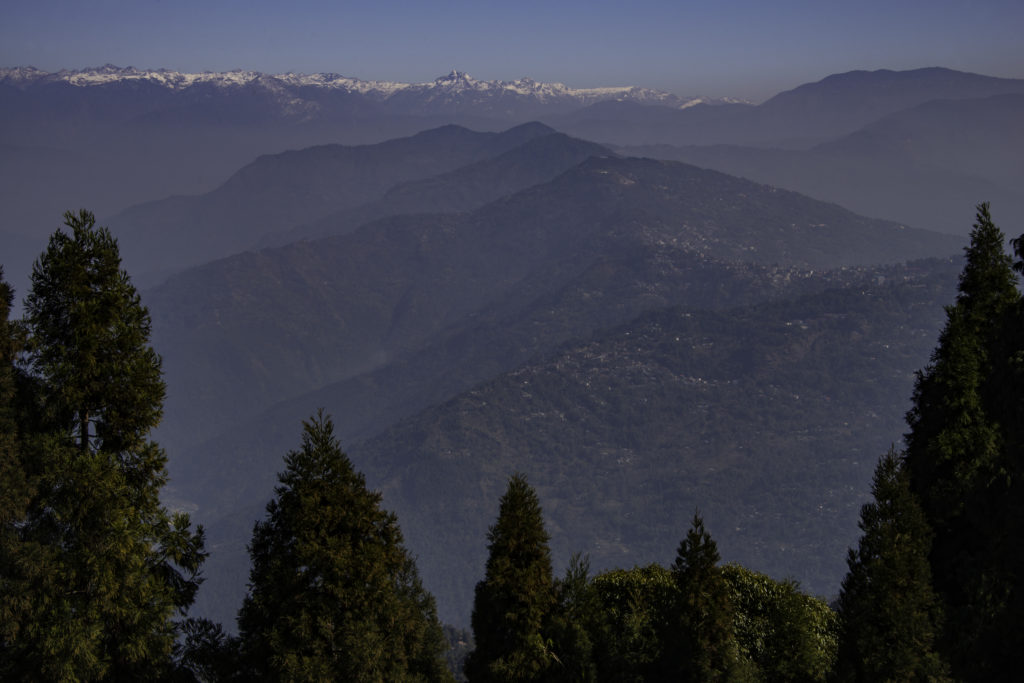
One can see as far as Sikkim, Kalimpong and the Teesta valley with beautiful views of Kanchenjunga. There are lots of trekking and rambling routes. There are also tea gardens. One of the sites that I gave a miss is the Tinchuley Monastery, apparently a monk meditated there for 17 tears. There are lots of home stays here and it is a place where one can get to know the local culture.
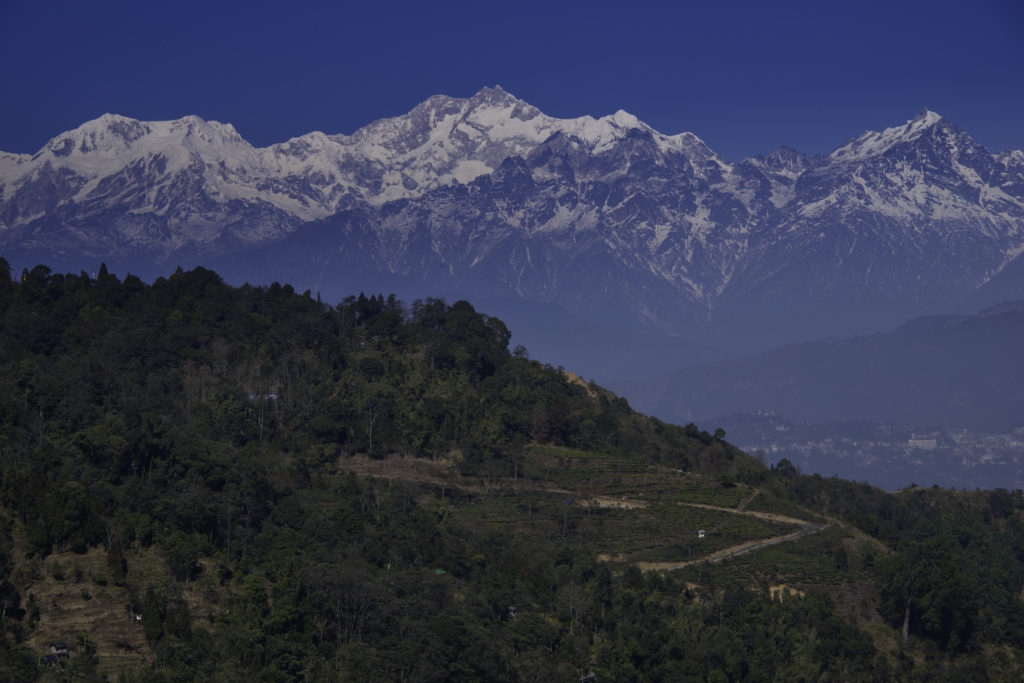
From Tinchuley, we descended down into the valley towards Teesta, crossed the river and went up to Peshoke view point. From here one gets to see Triveni, confluence of river Great Ranjeet and Teesta.
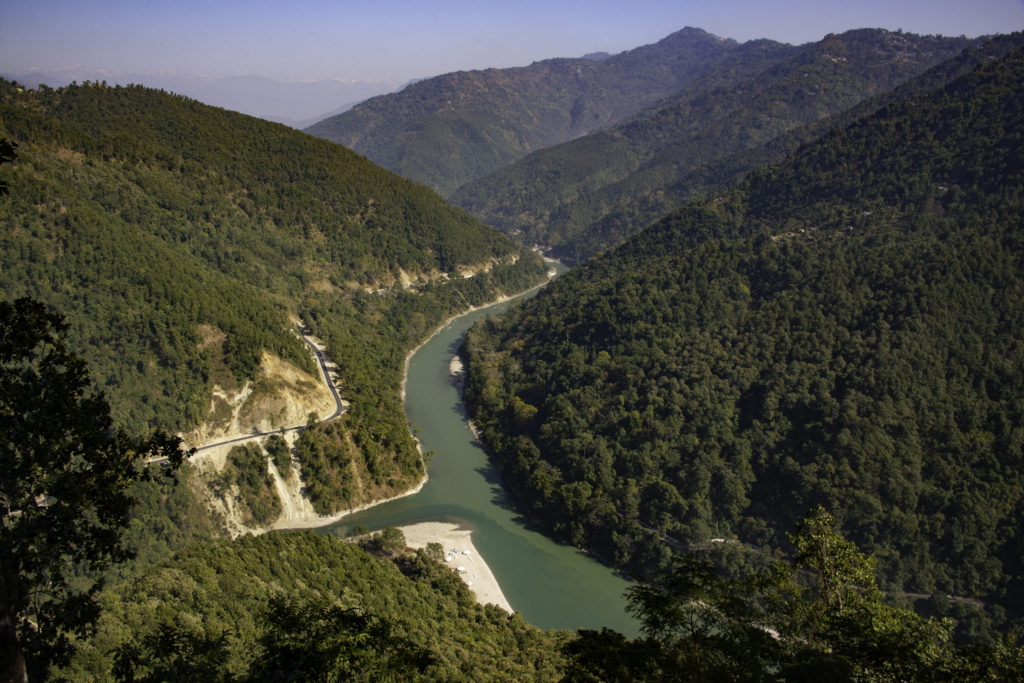
The river on the left is Ranjeet which comes and meets Teesta. The white sandy delta at the confluence is Triveni, it is used frequently as a launch pad for white water rafting as the meeting of these two rivers creates tremendous current. The hills to the left are those of Sikkim and those on the right belong to Kalimpong.
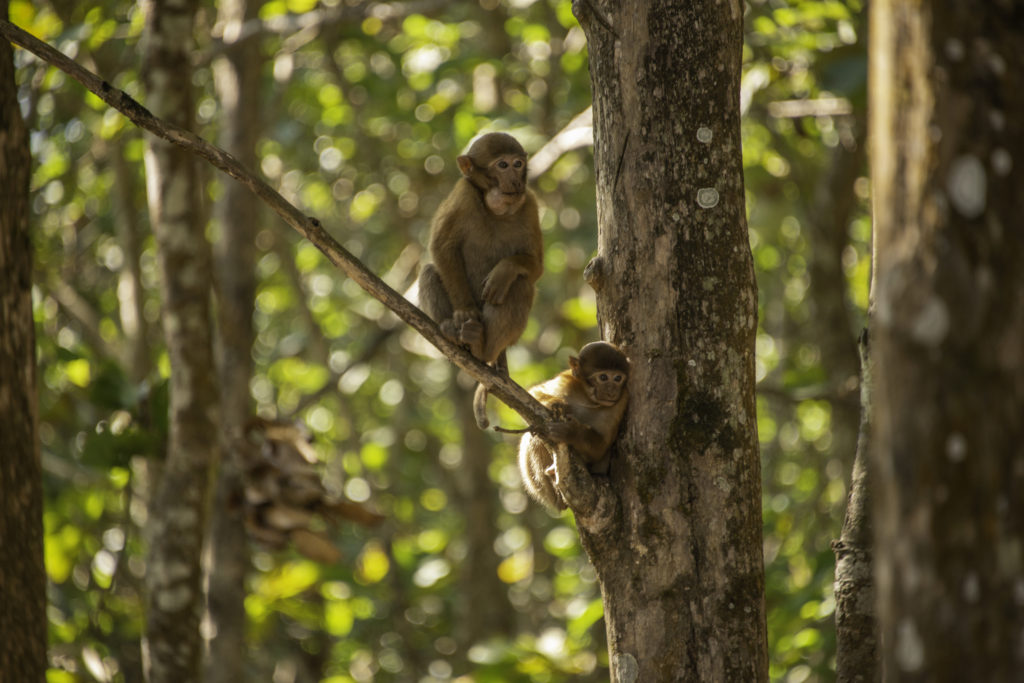
After witnessing the confluence of the rivers, the meandering route took us through the beautiful Peshoke tea gardens. The smell is quite intoxicating and I spent some time wandering about. After Peshoke, I also spent some time at the Lopchu Tea Gardens as well.
The final stop for the day was Lamahtta, easily the highlight for the day. it has been developing since late 2012 as an eco-tourism place. Apparently the Chief Minister of West Bengal, Mrs Mamta Banerjee was passing through and she was impressed by the natural beauty of this area with its tall dhupi and pine trees and magnificent views of the mountains. She took some pictures and later that year with support from the state government the locals worked to create a fantastic tourist destination 23 kms from Darjeeling.
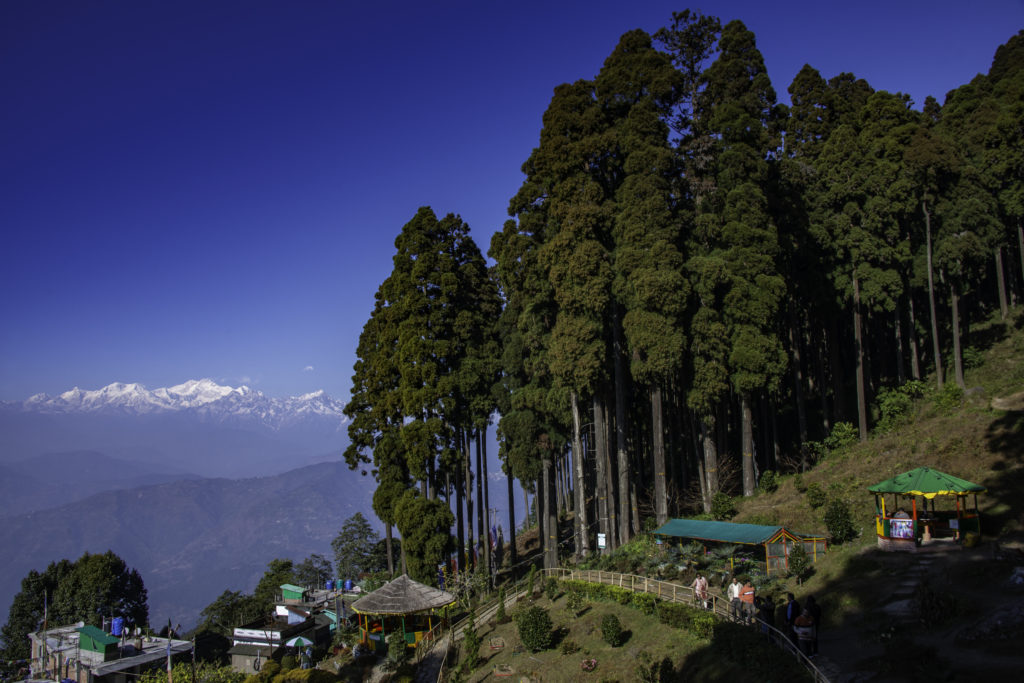
Lama in Lamahatta stands for Buddhist monk and Hatta for hut – a monk’s hermitage. It takes about an hour to get here, but I was doing the trip as a circuit. Given this was my last destination for the day and I had time, I went for a wander amidst these mighty trees of the ‘Roadside Garden’ and also known as Lamahatta Eco Park. The entry fees is a mere Rs 10. The afternoon light was piercing through the forest foliage and the beams of light created a stunning mood that is difficult capture through the lens.
Prayer flags to purify the air greets you as you start the walk into the dhupi and pine forests. It is serene and quite and the forest looks very inviting. The nature trail winds through these humongous trees to this sacred lake. When I arrived there, there was not a soul in sight, the silence interspersed by the sunlight and the occasional chirping of birds. The water was still and the reflection clear, occasionally a draft would catch the prayer flags and their flutter would rupture the silence. From Lamattah, all that was left was the drive back to Darjeeling.
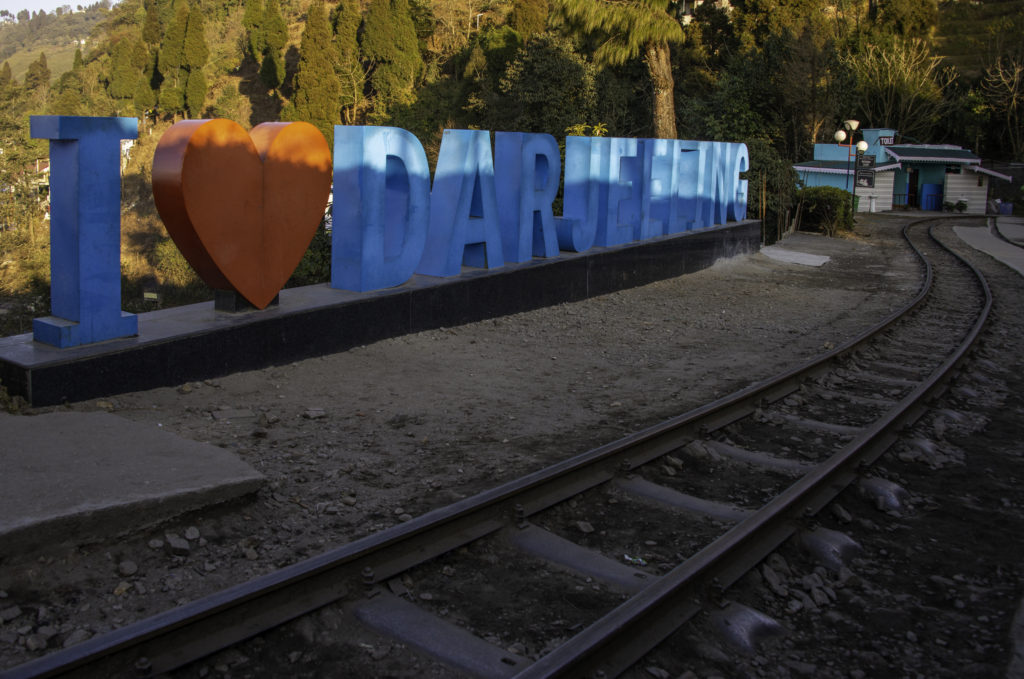
I had four fantastic days in Darjeeling. Other than the first day at Mirik the weather was perfect, the views were scintillating, what’s there not to love. The queen of the hills will forever rule my heart.
Day 1: Mirik | Day 2: Darjeeling | Day 3: Tiger Hill, Tonglu & Tumling
Day 4: Takdah, Tinchuley & Lamahttah | Day 5: Kalimpong | Day 6: Lava
